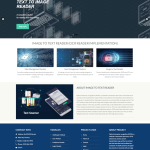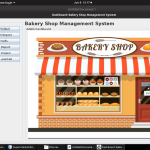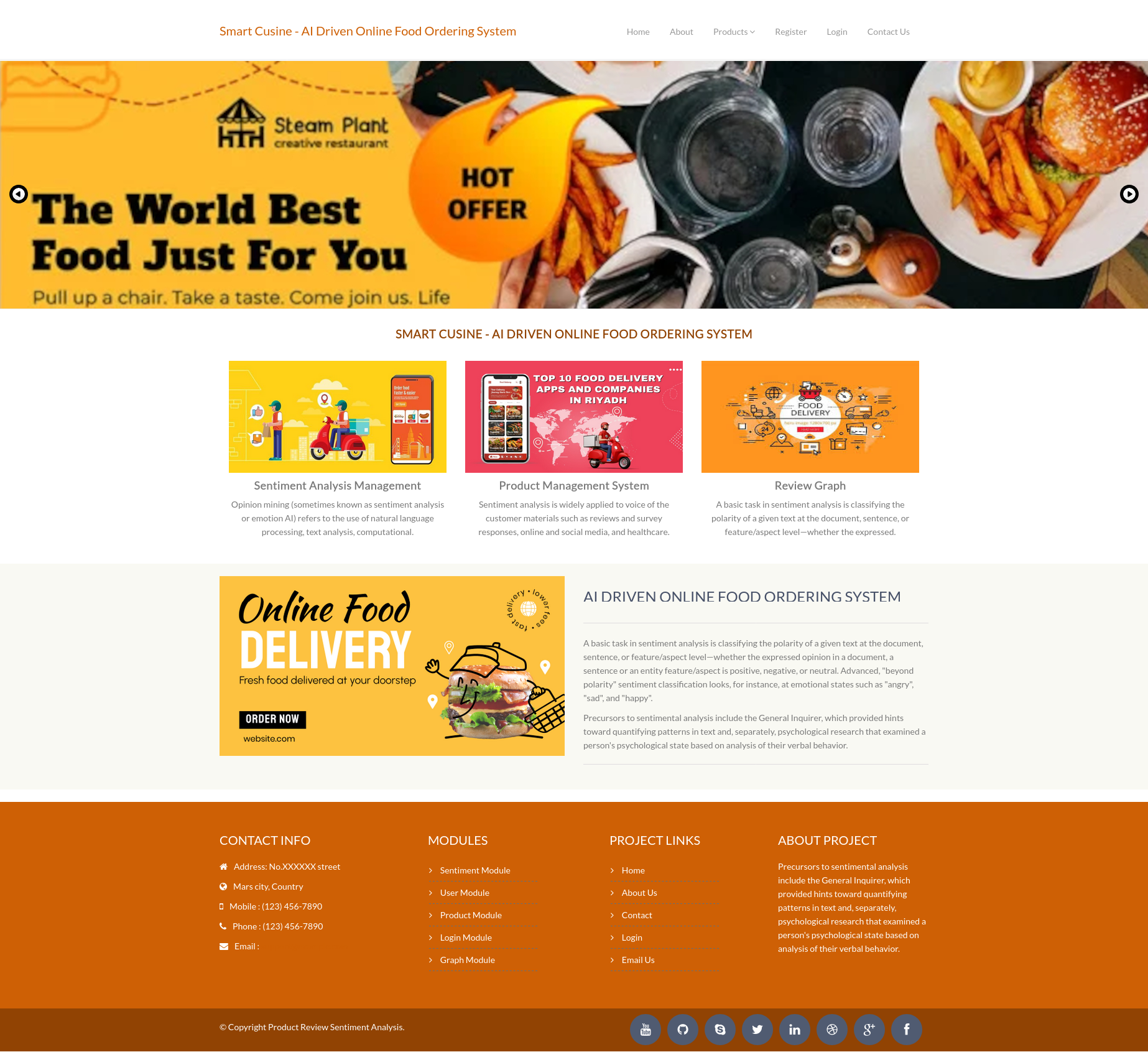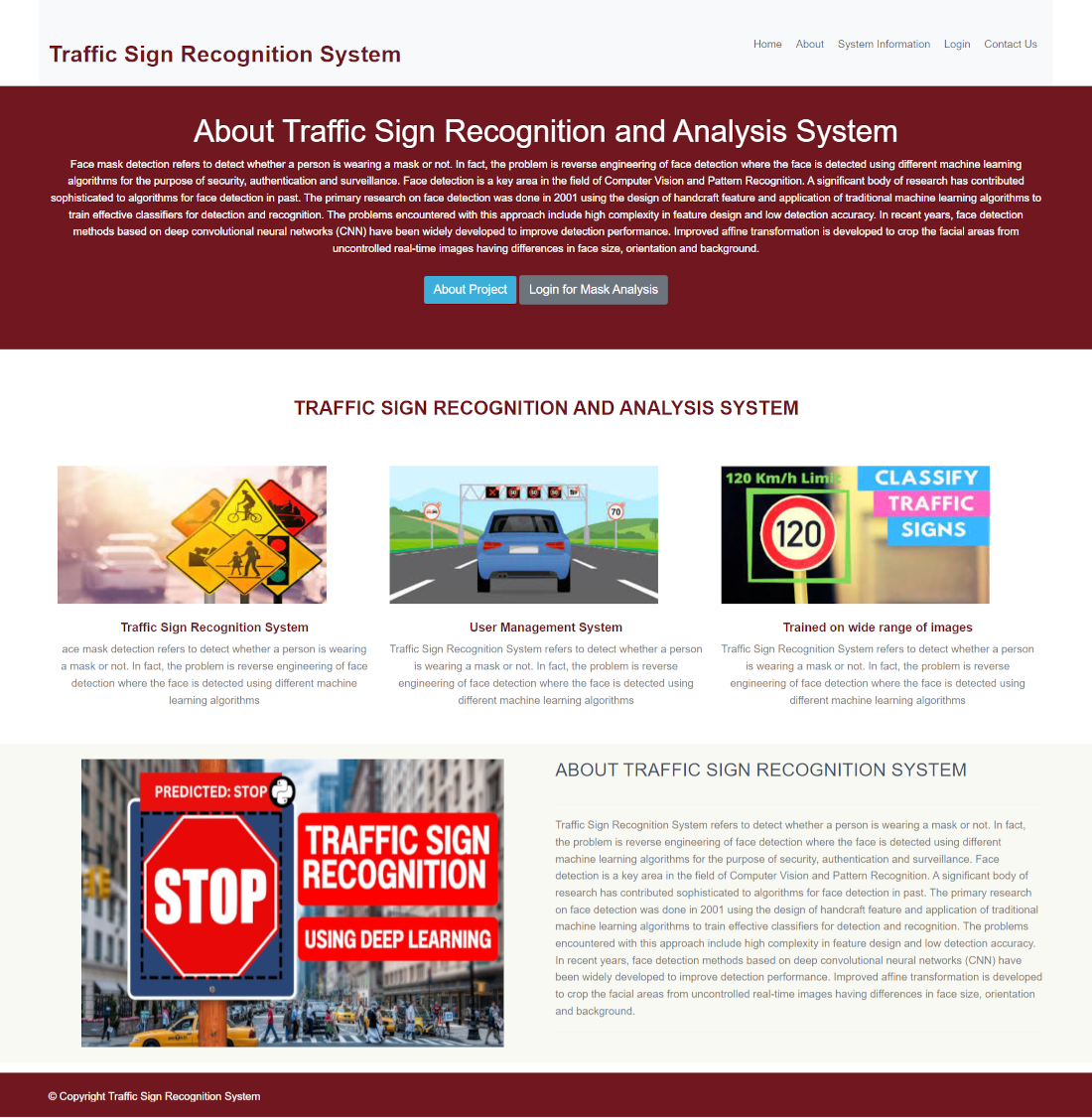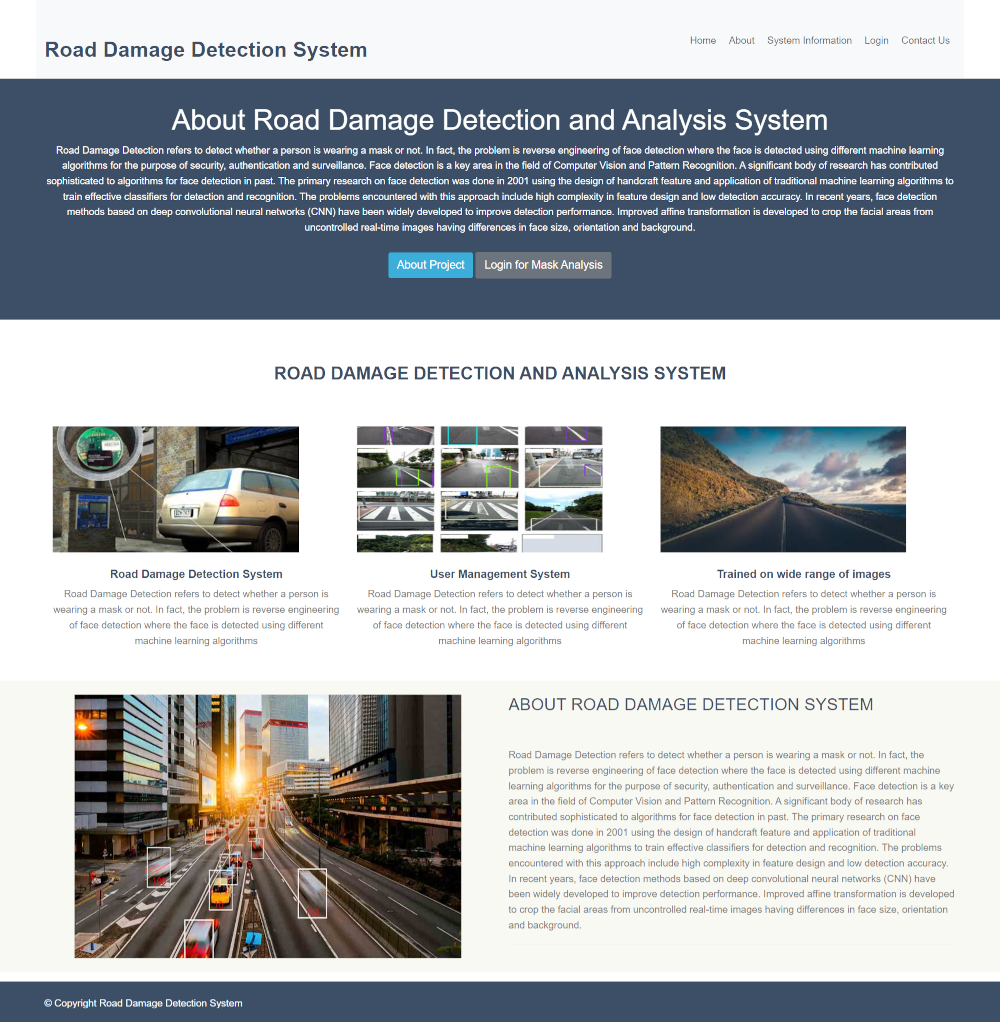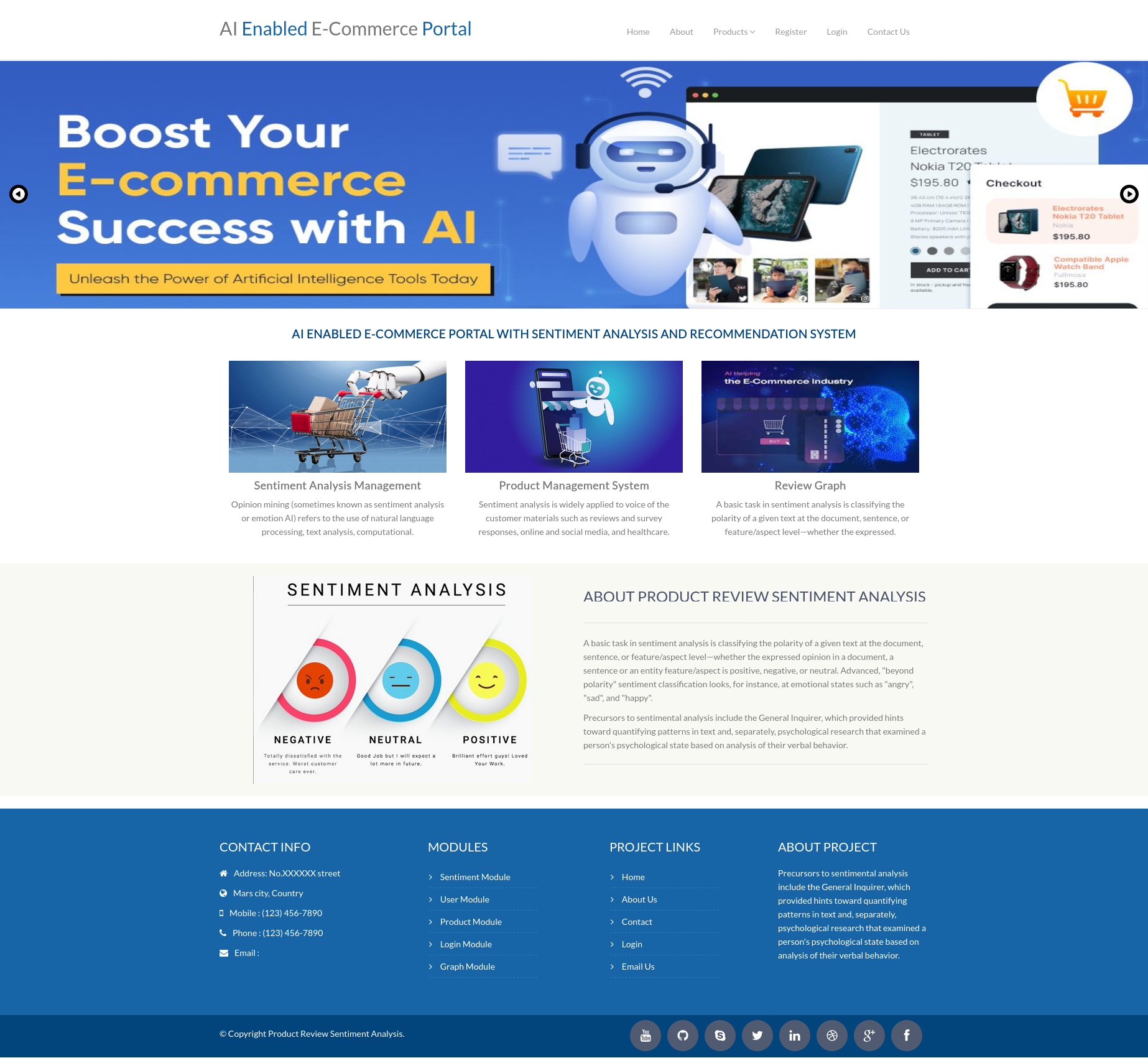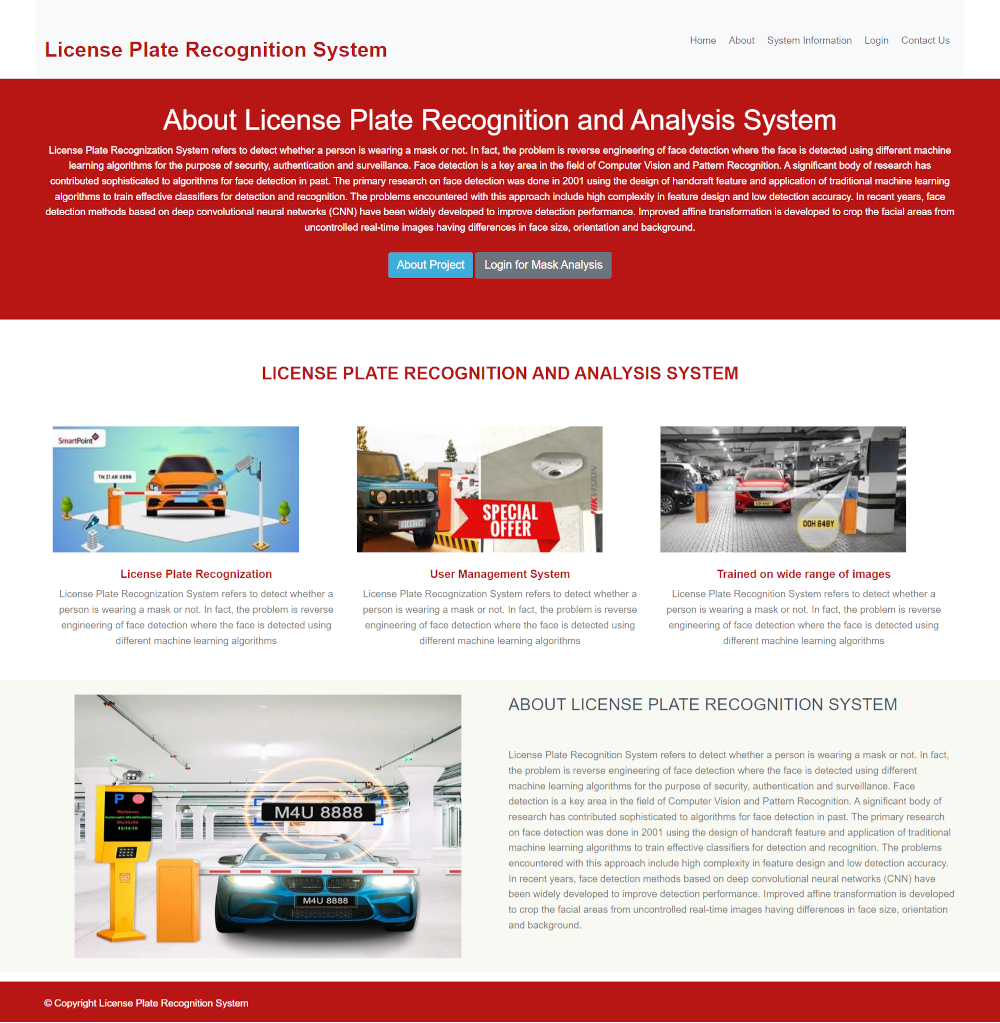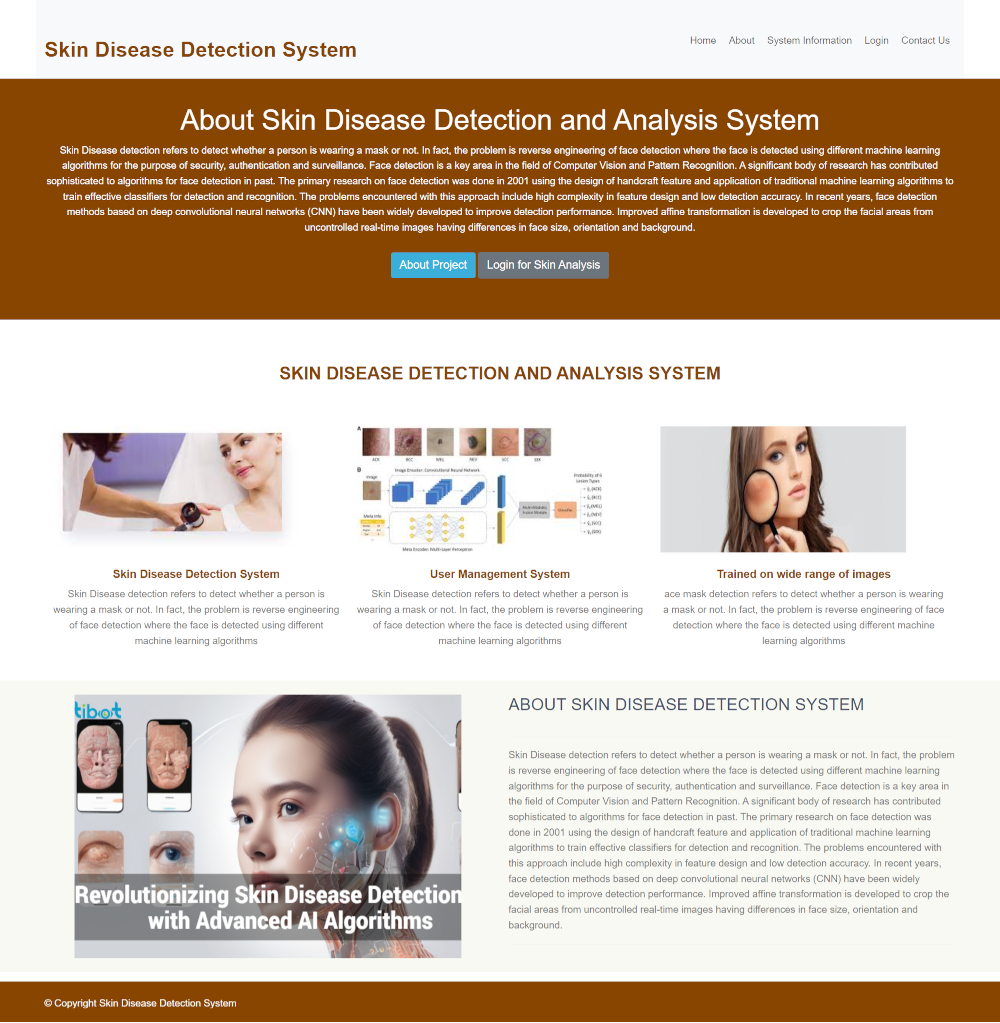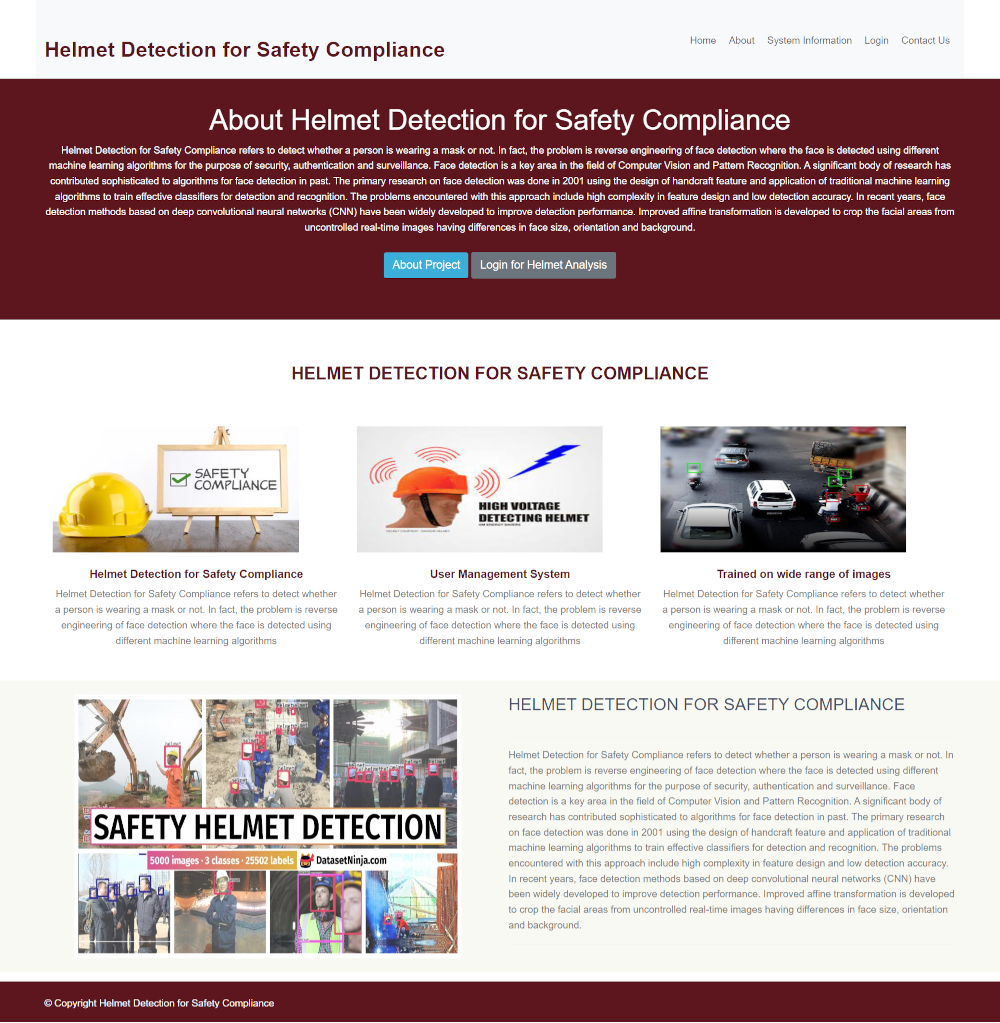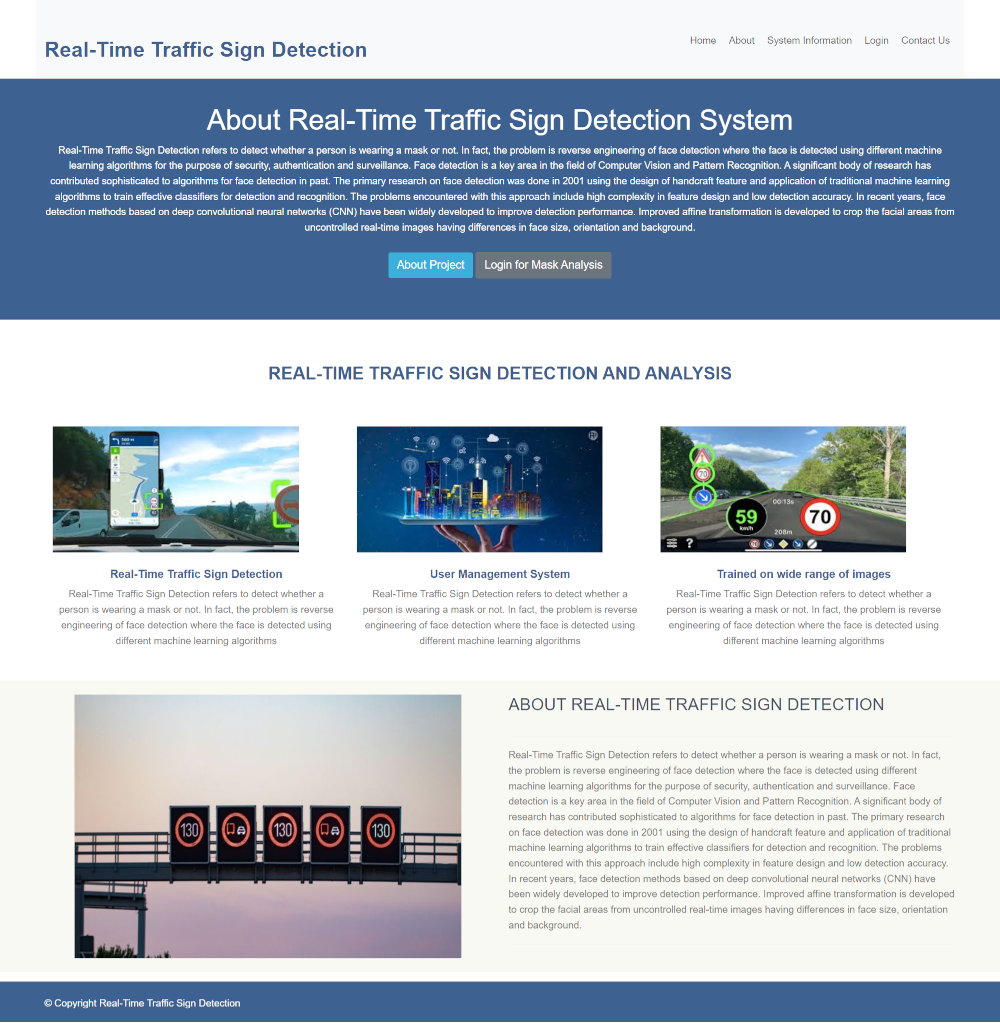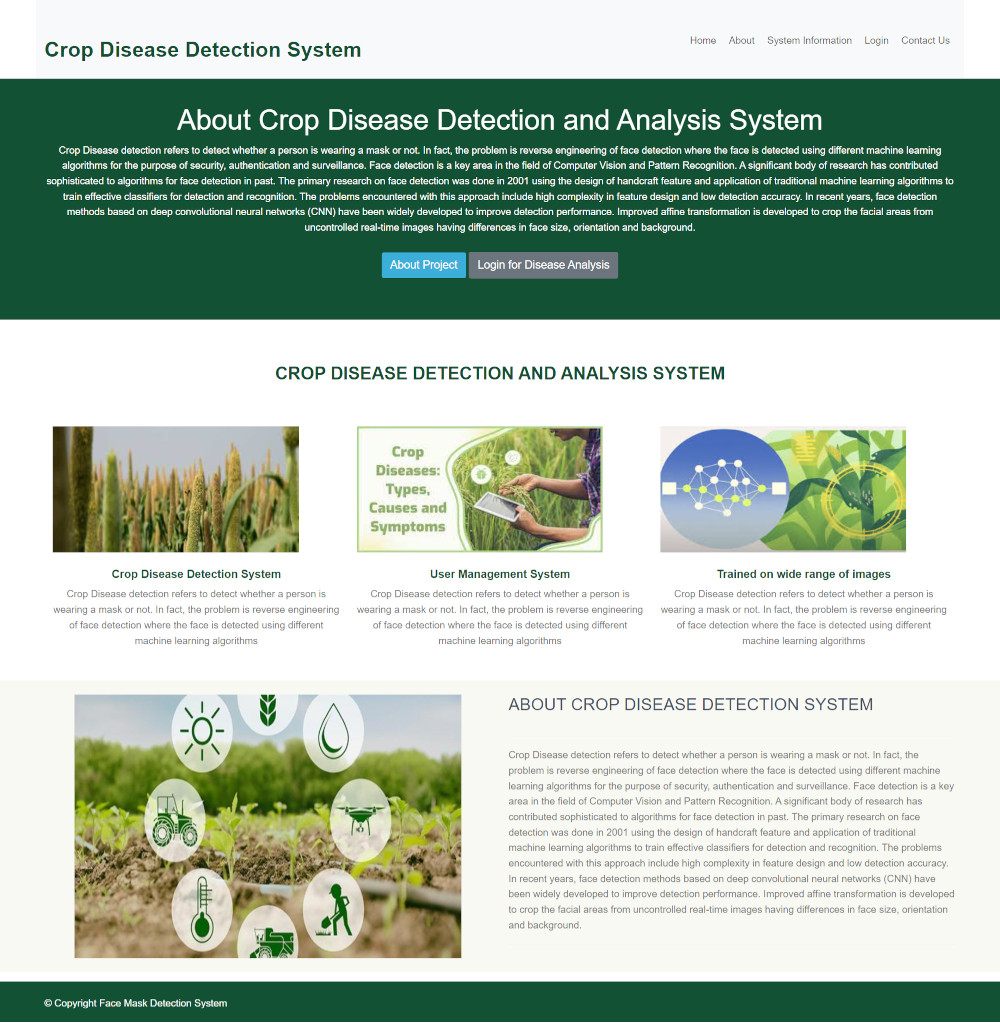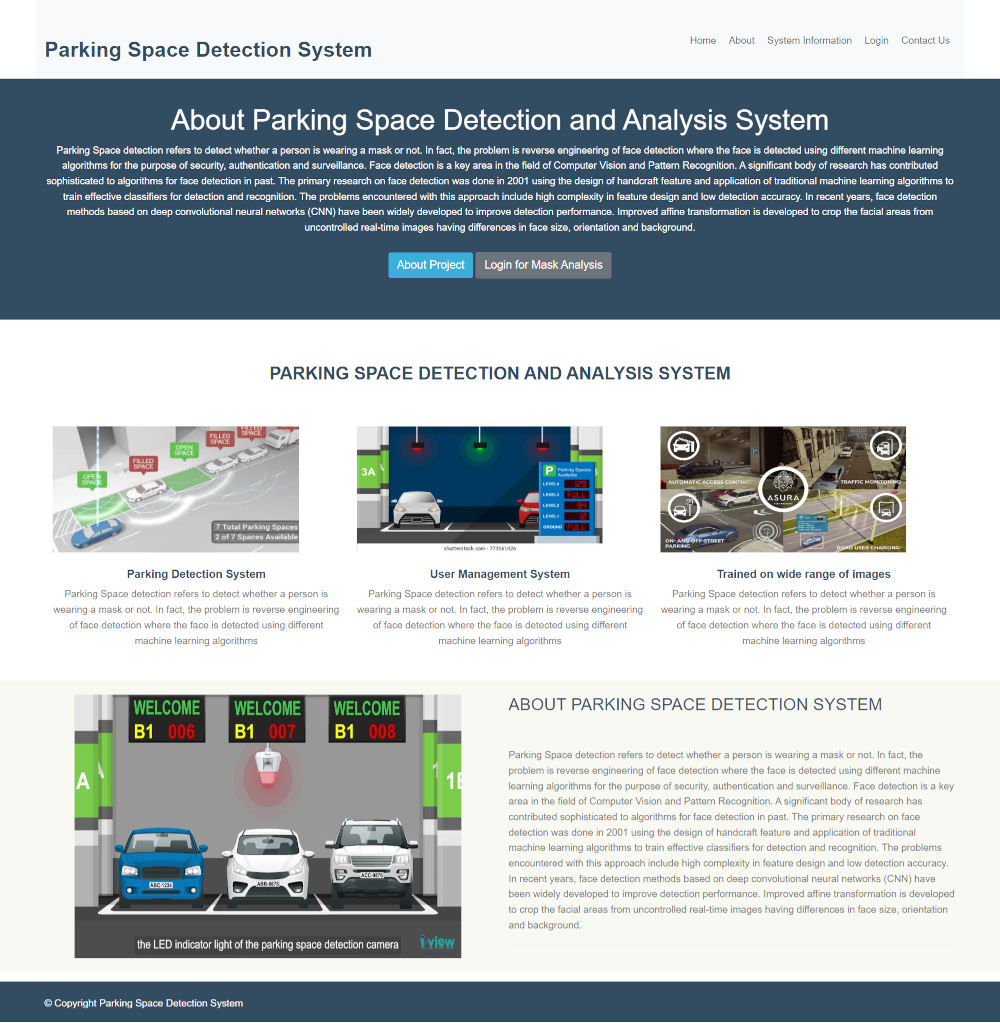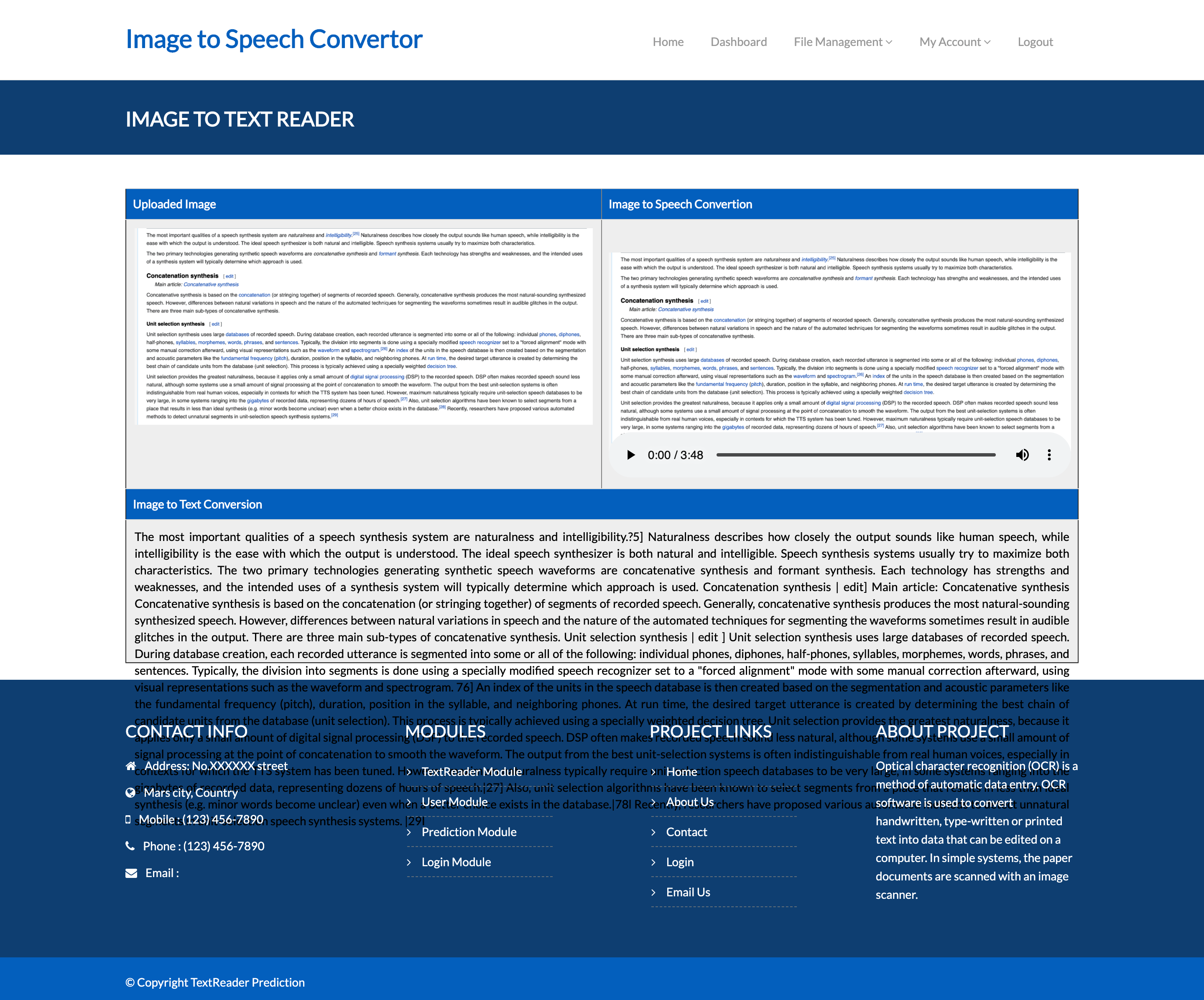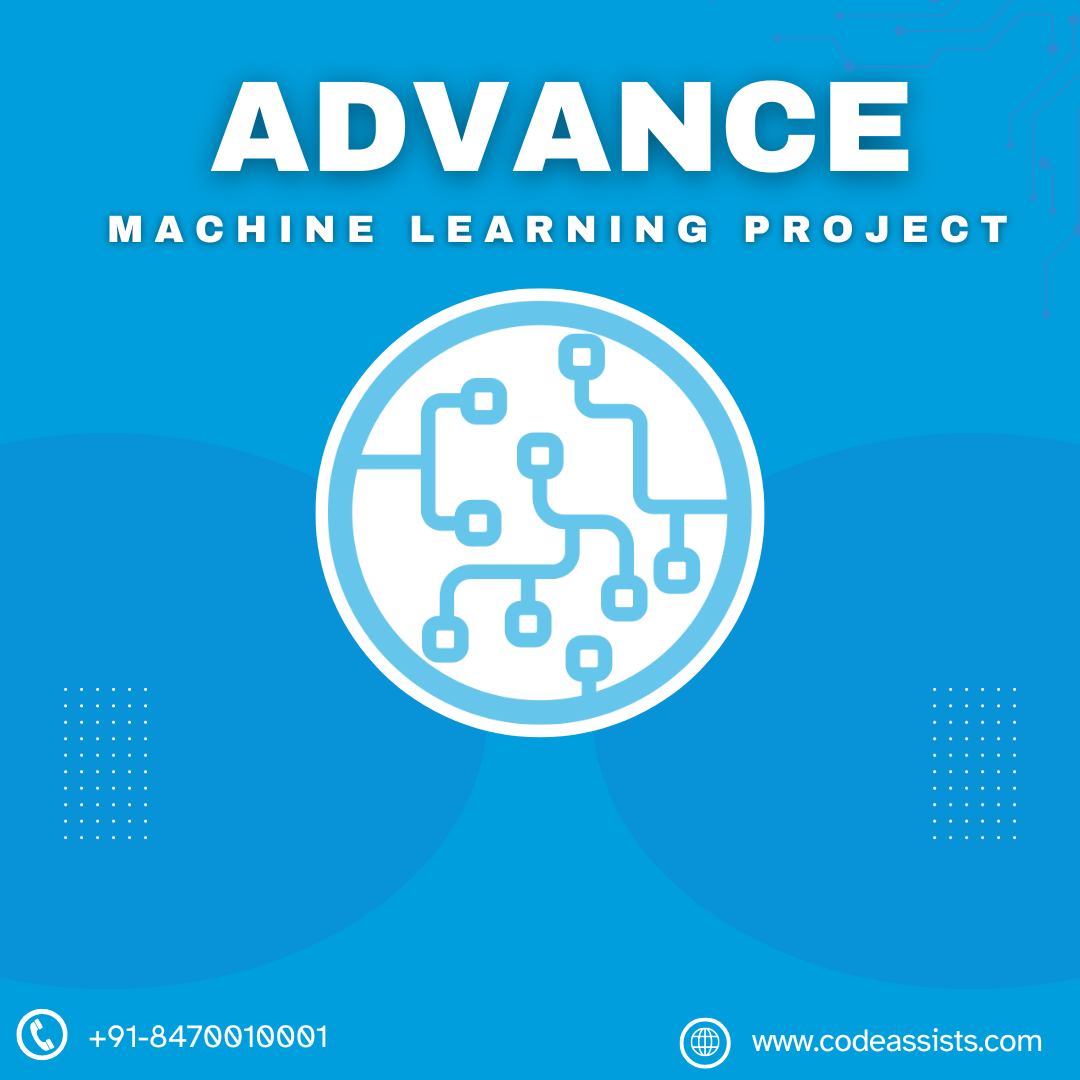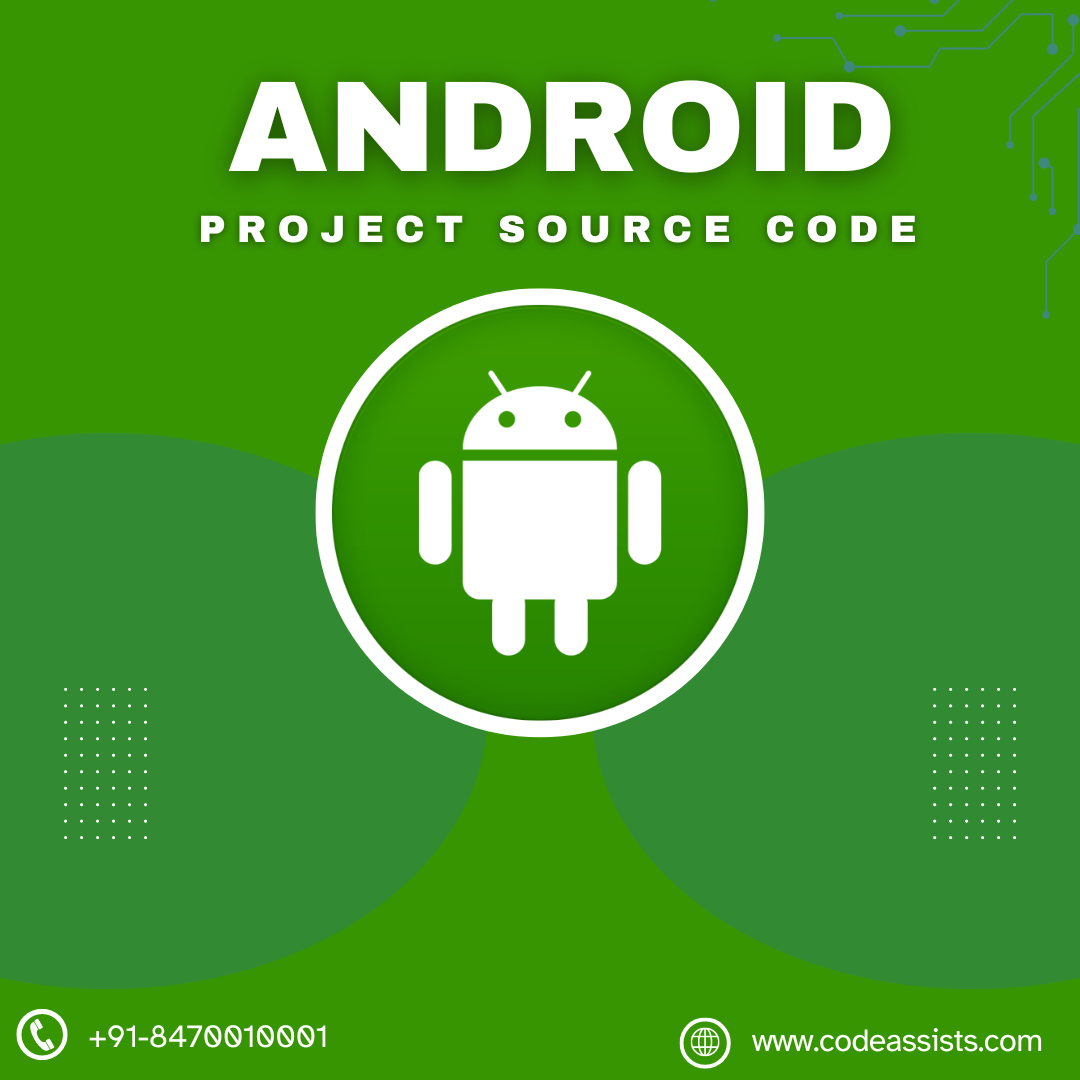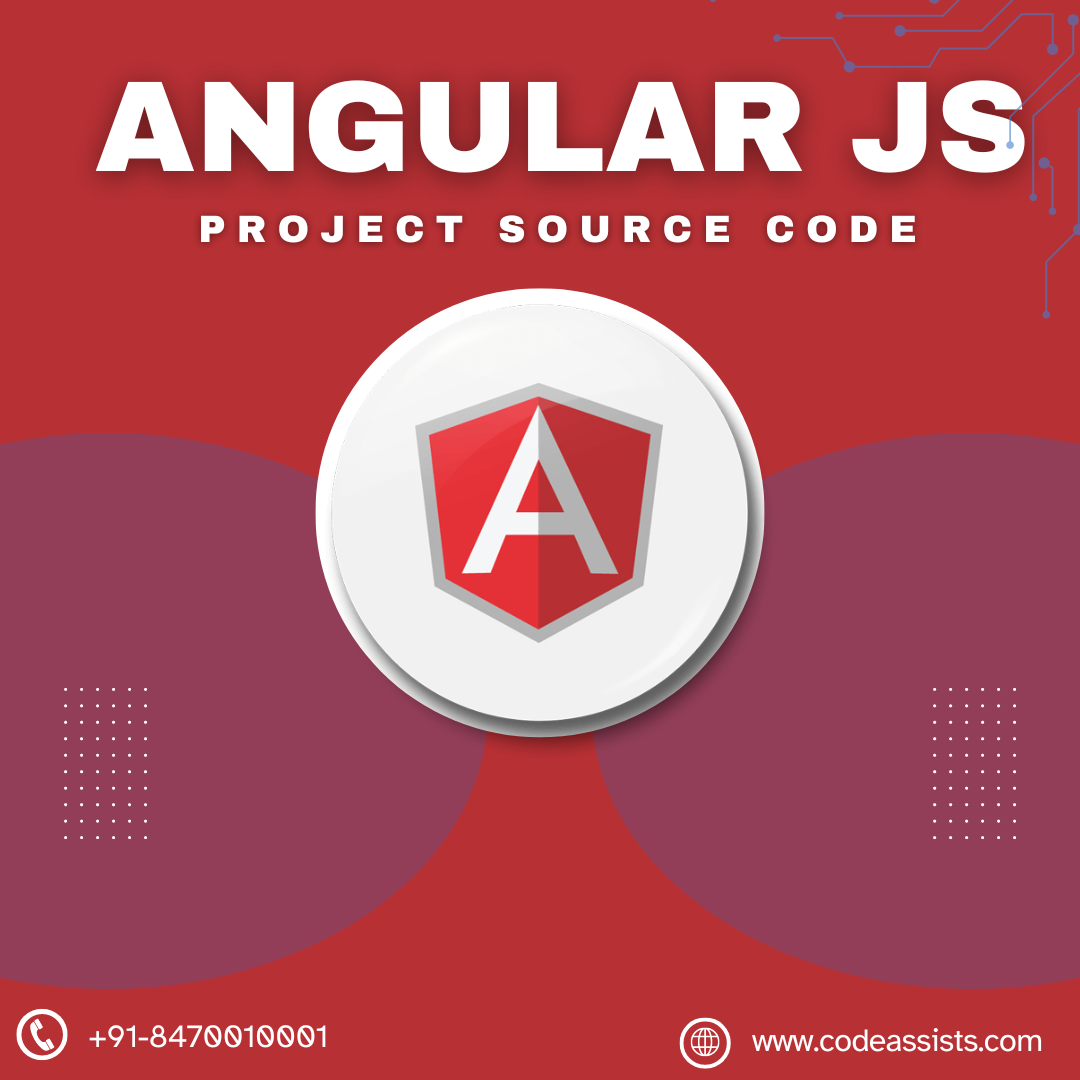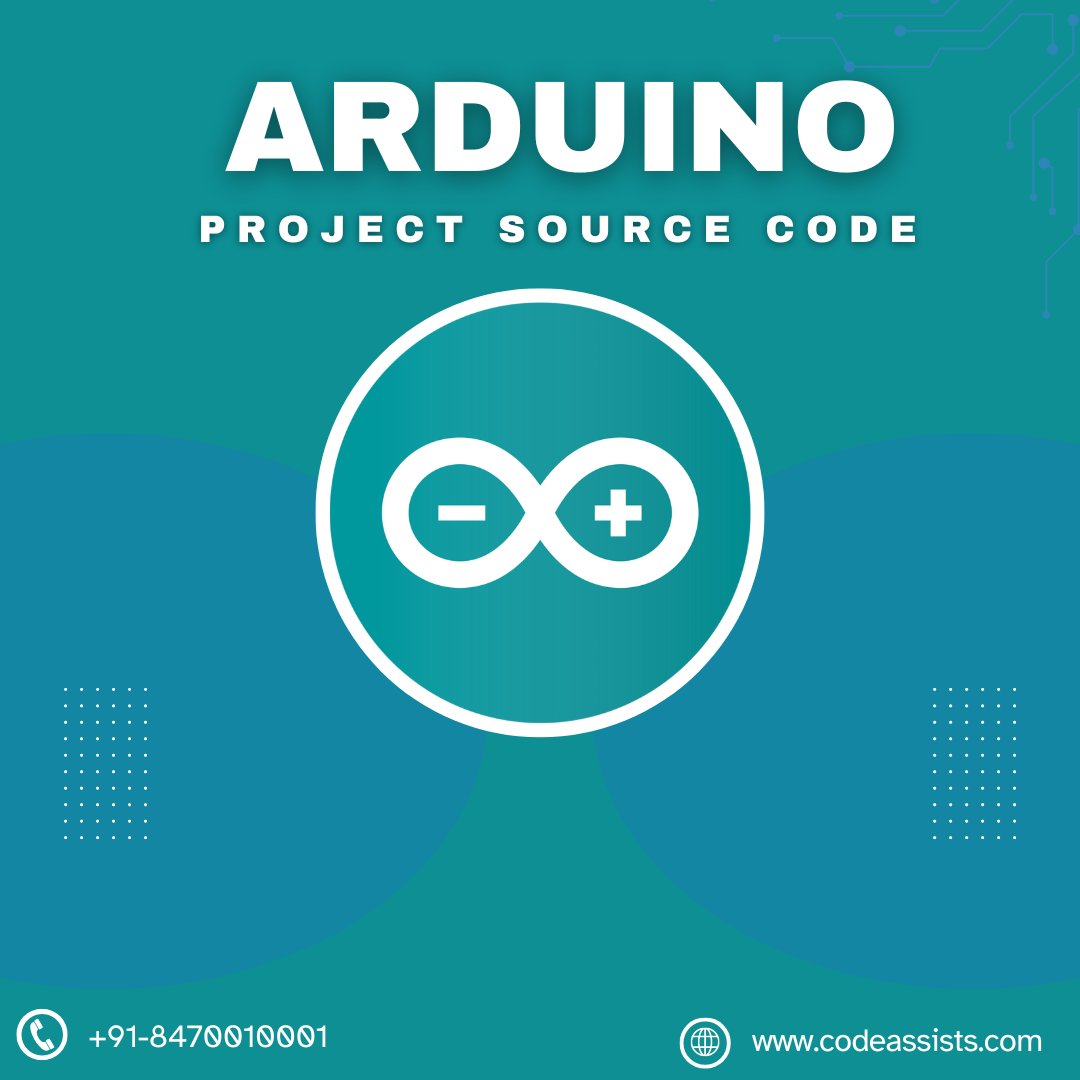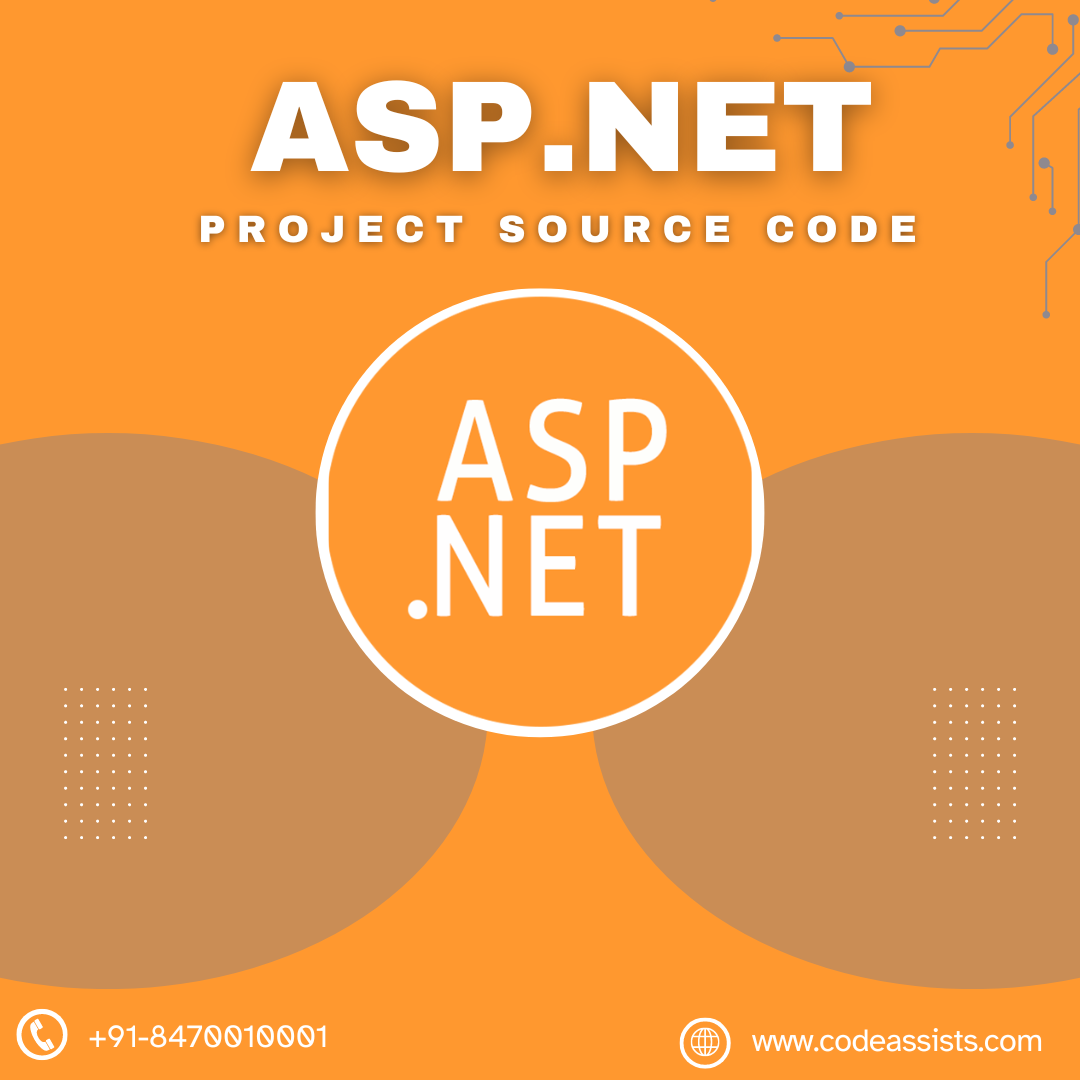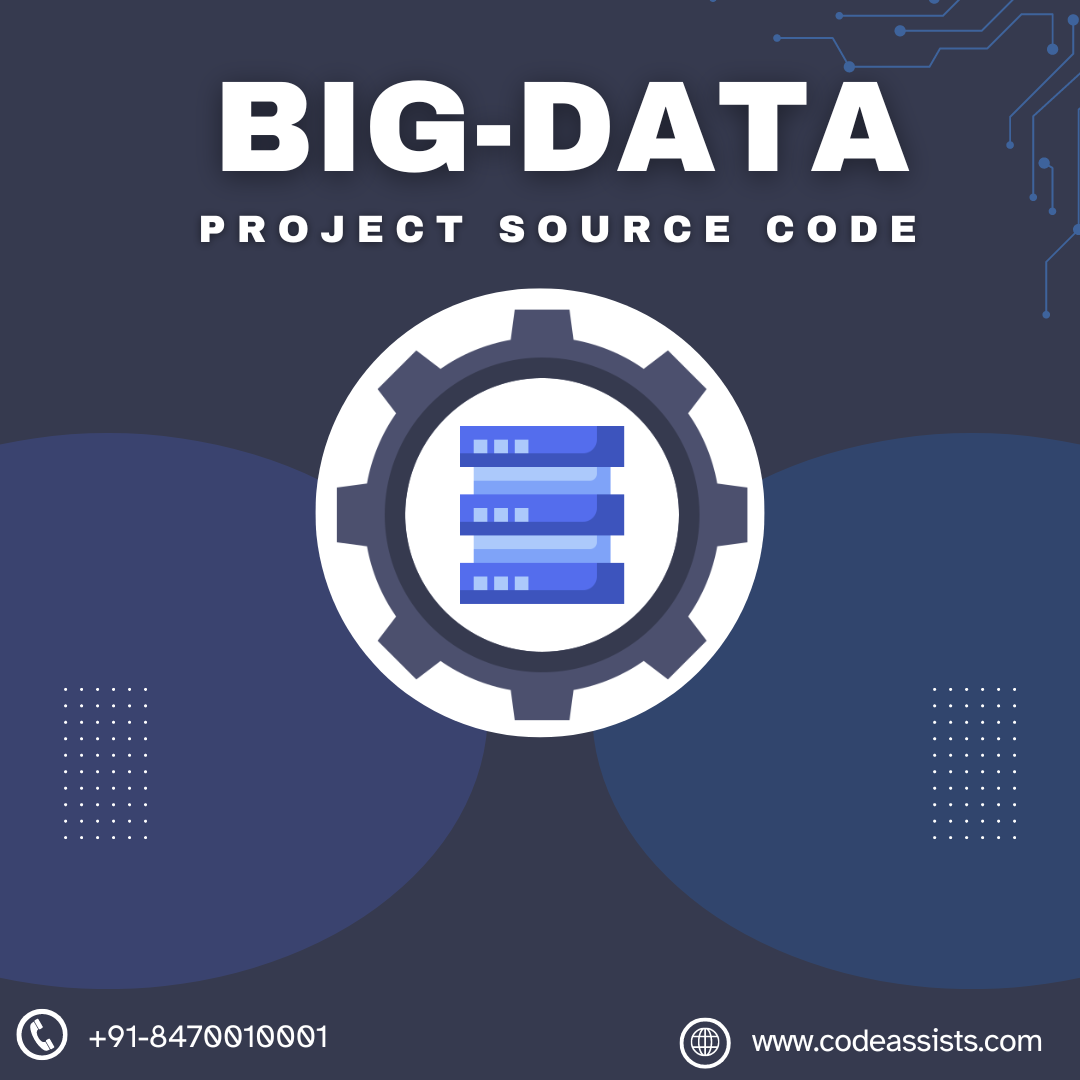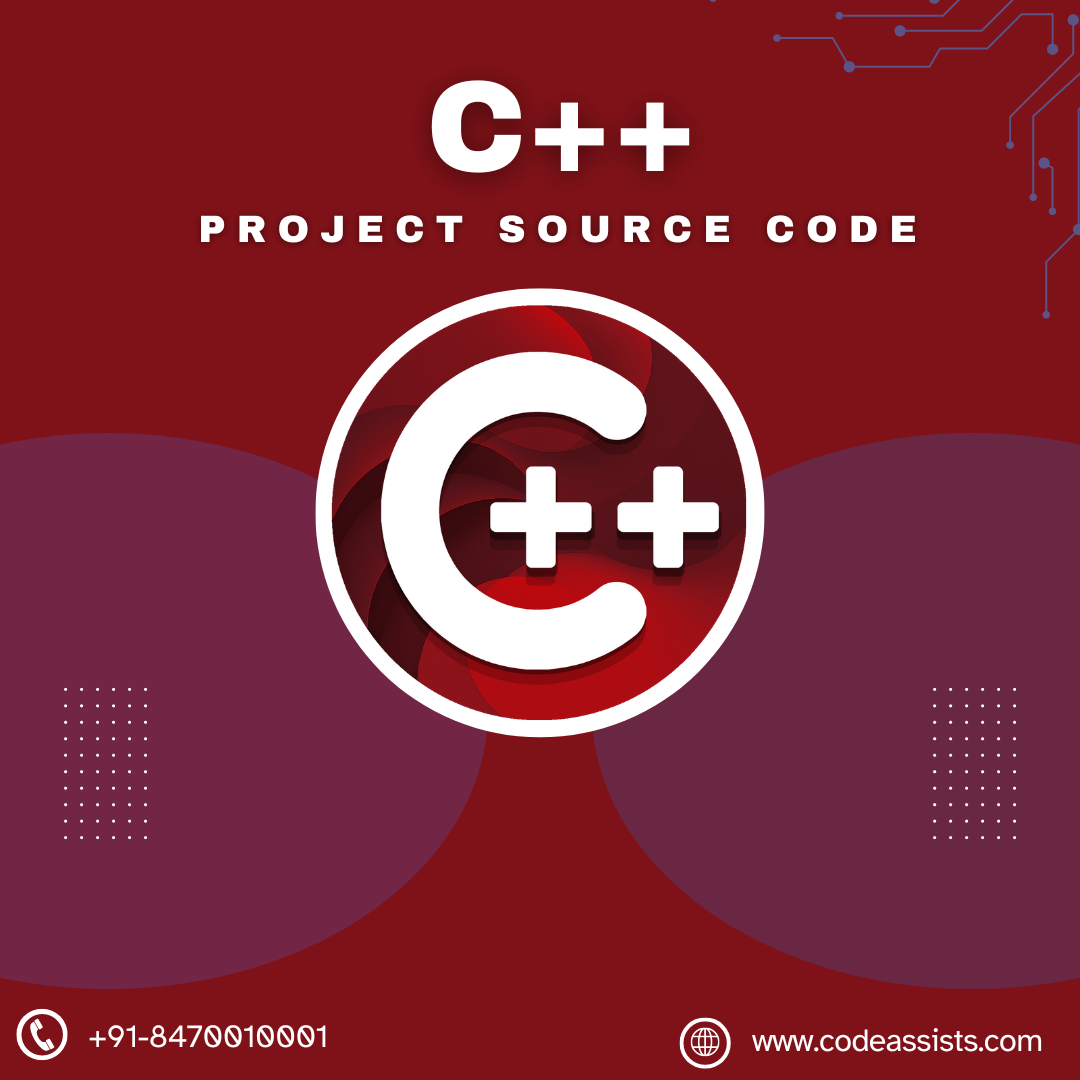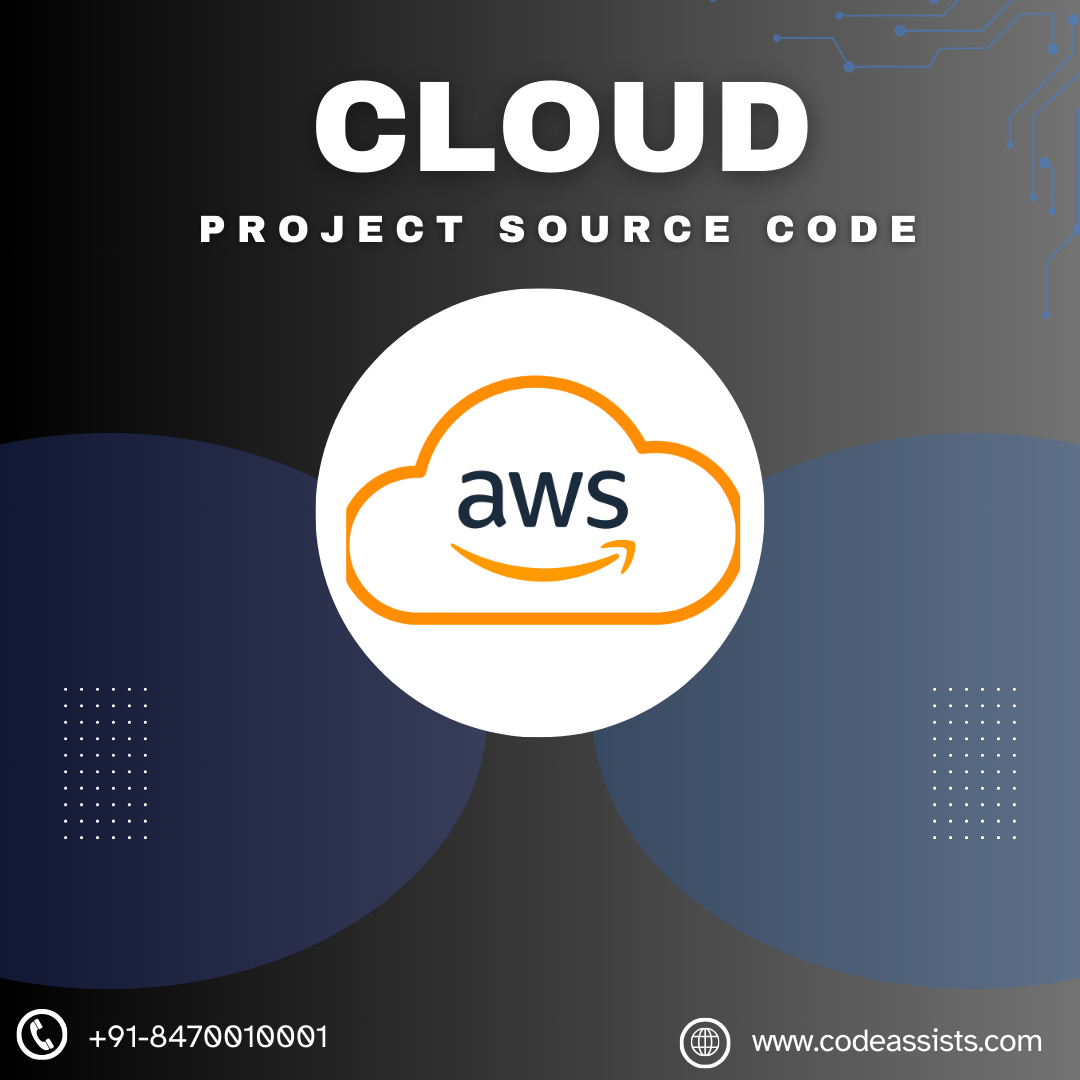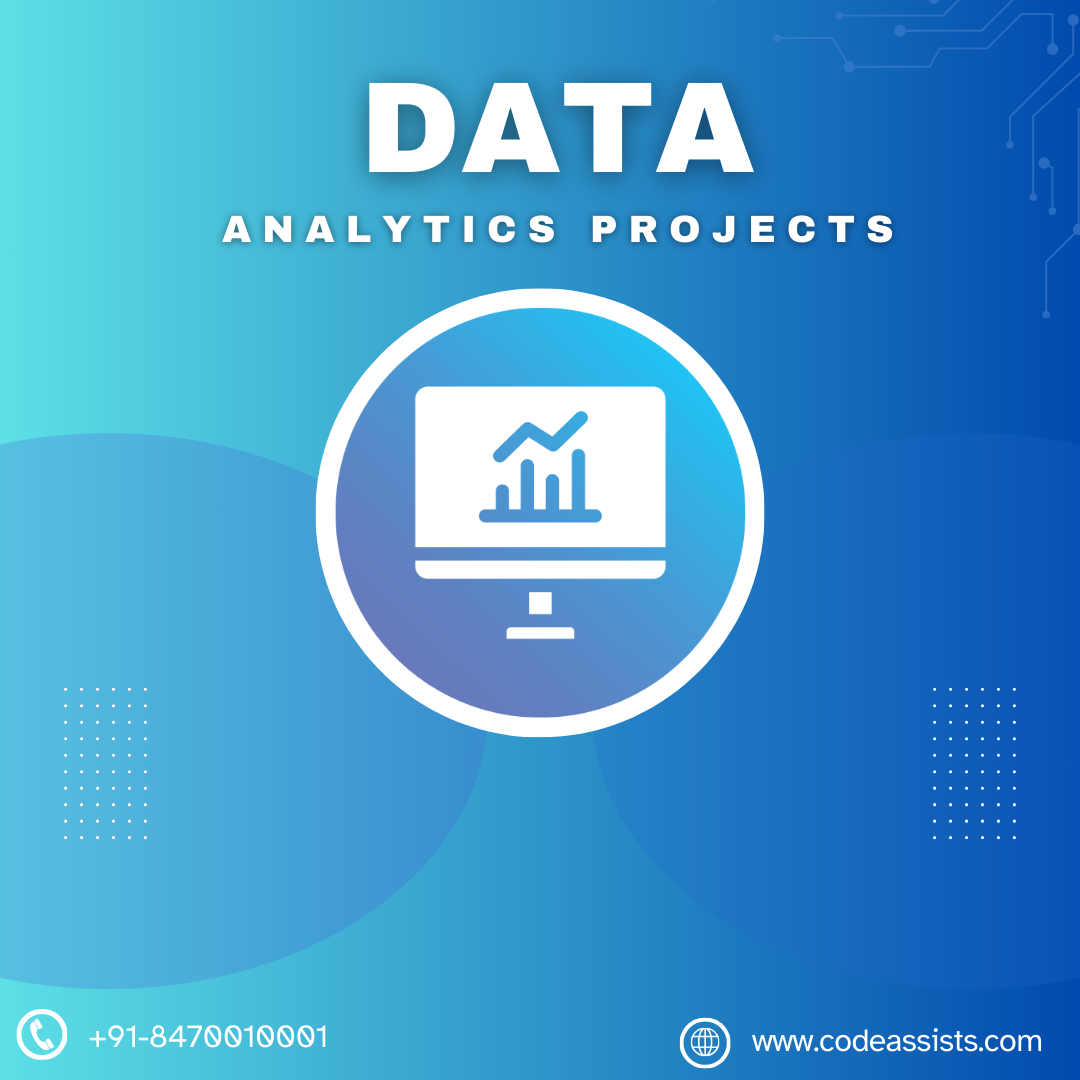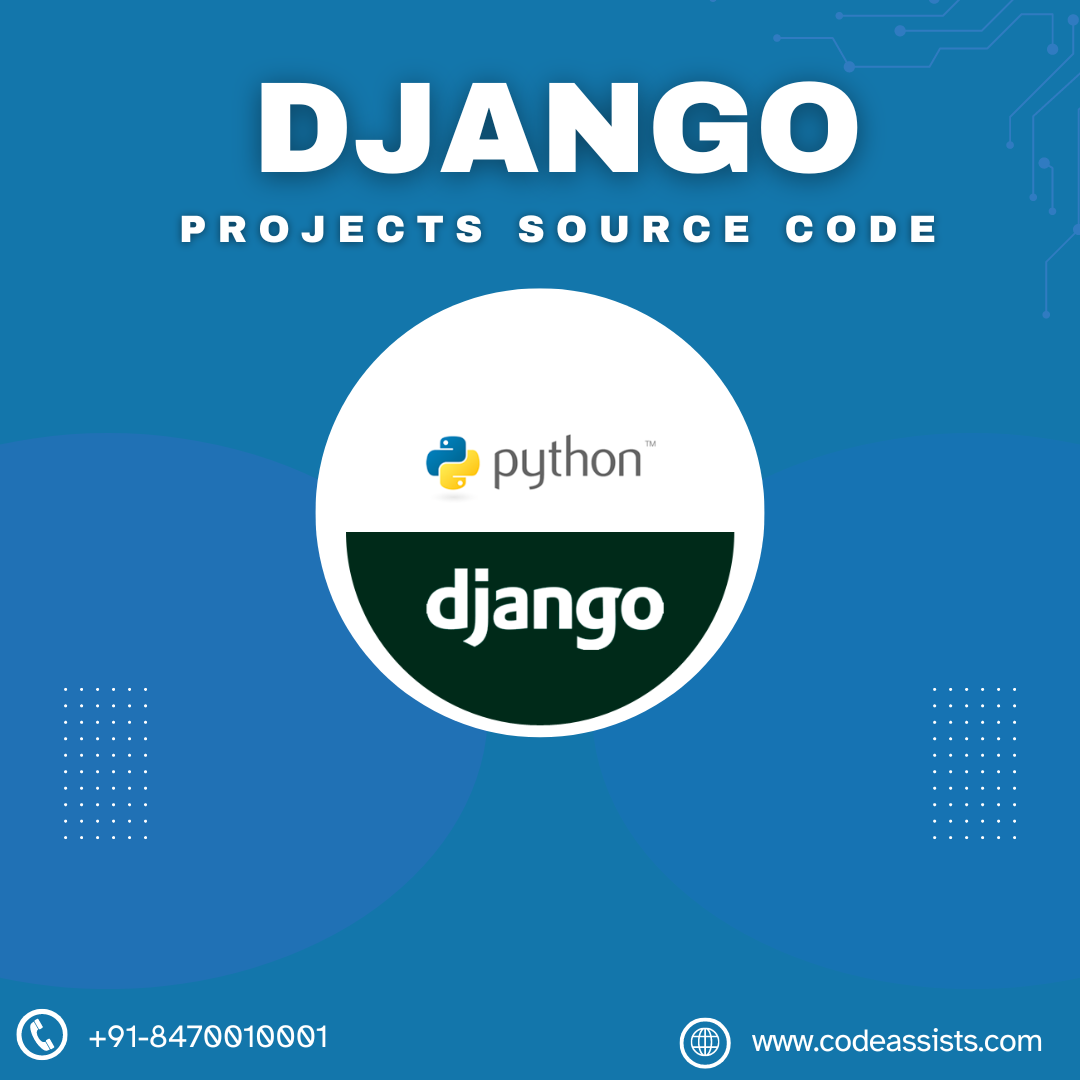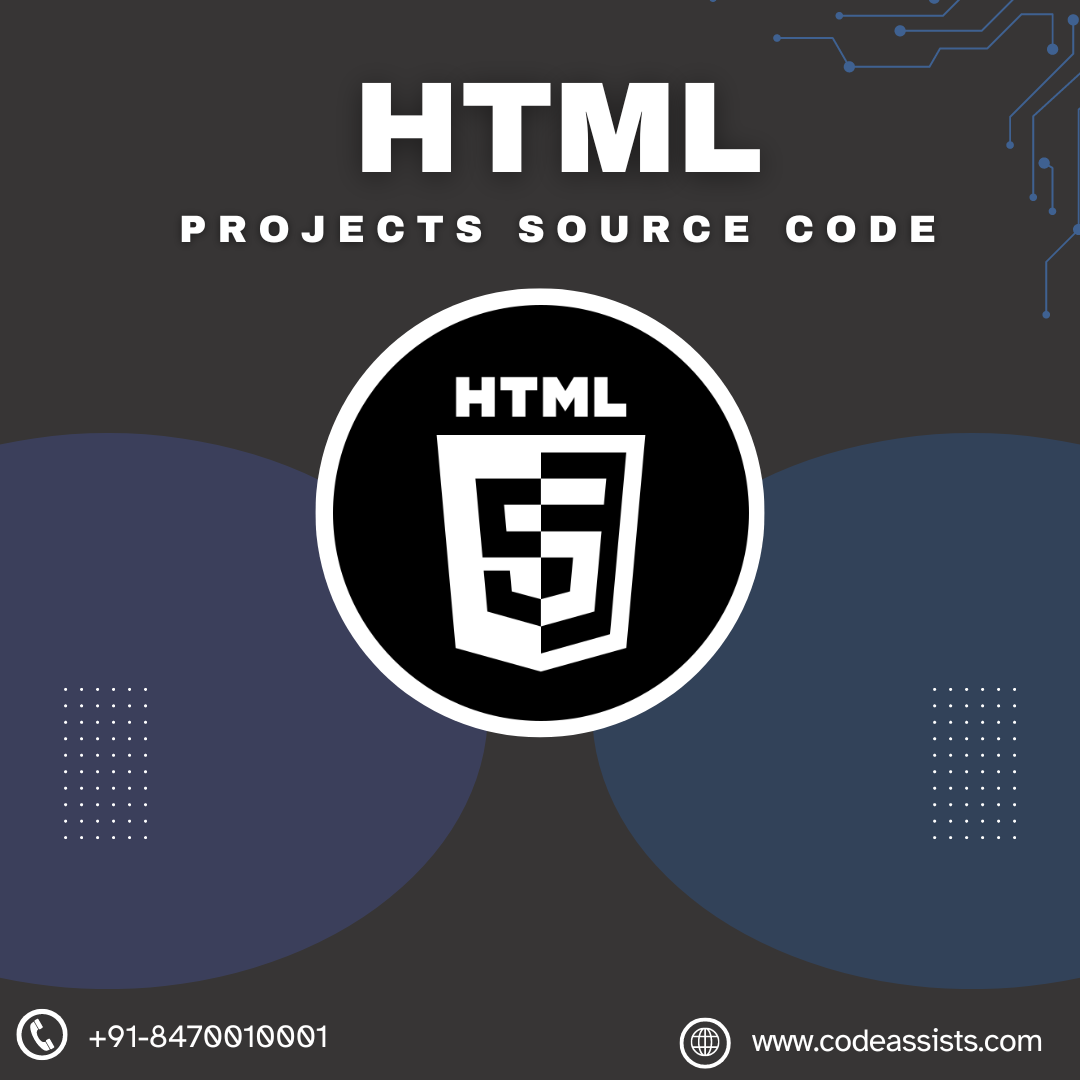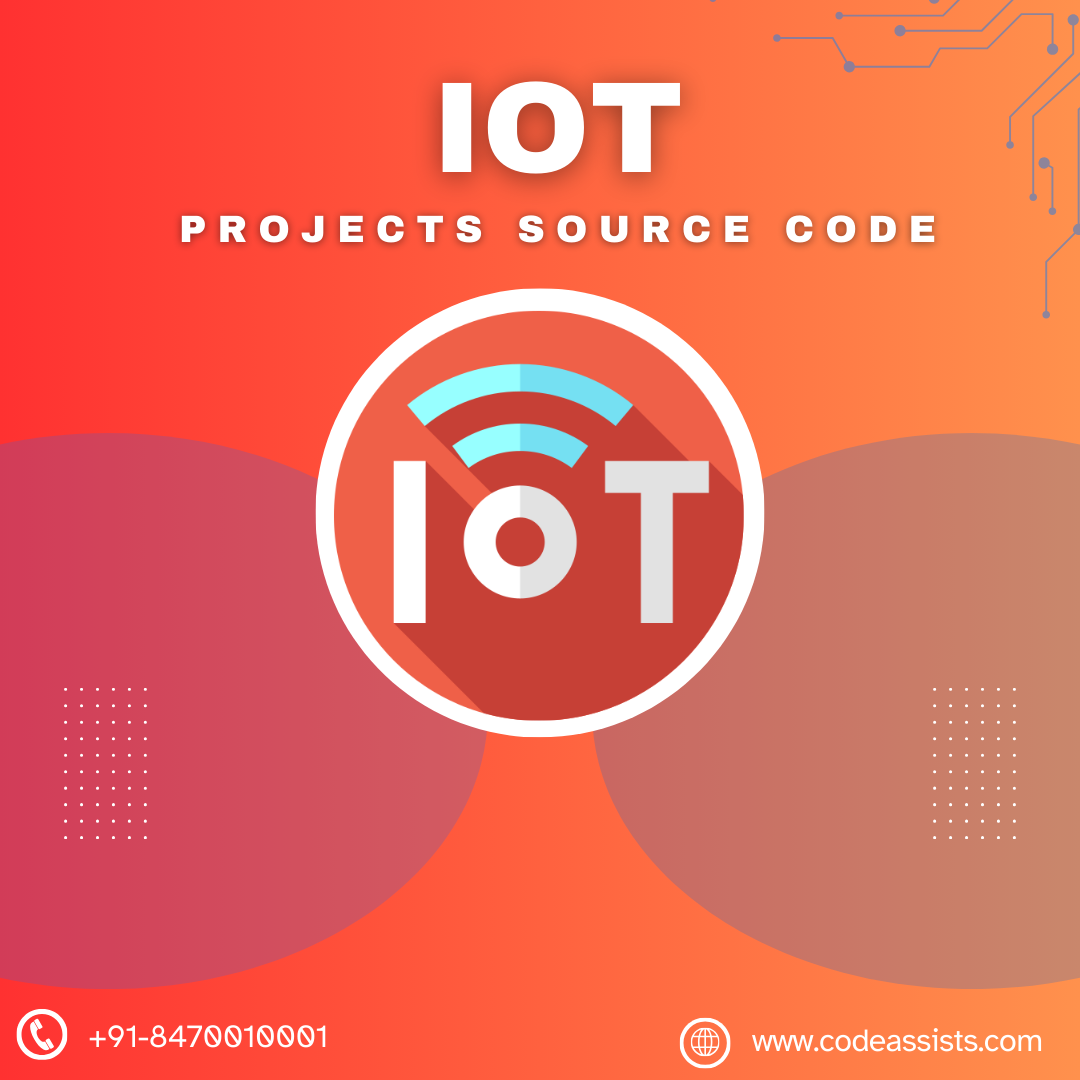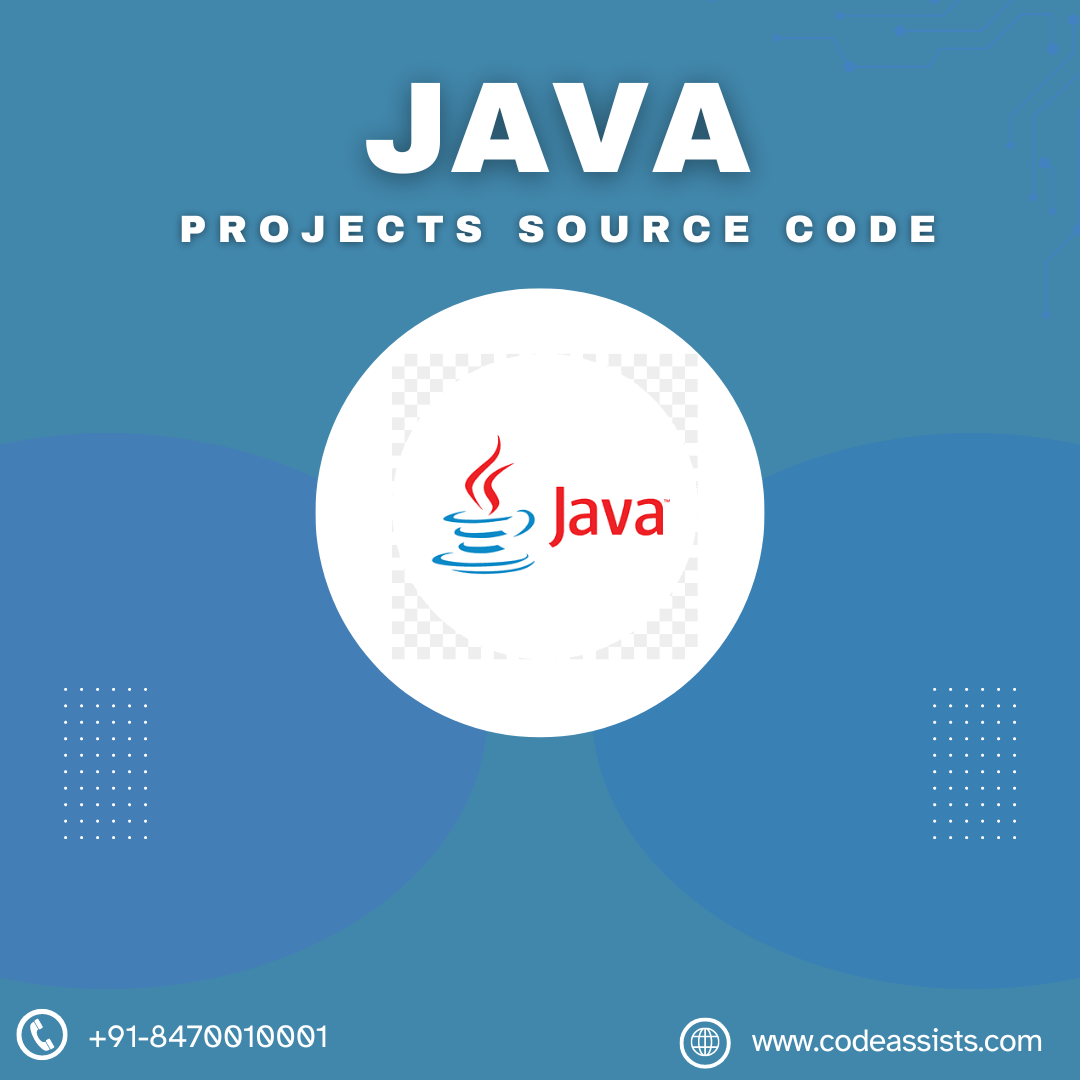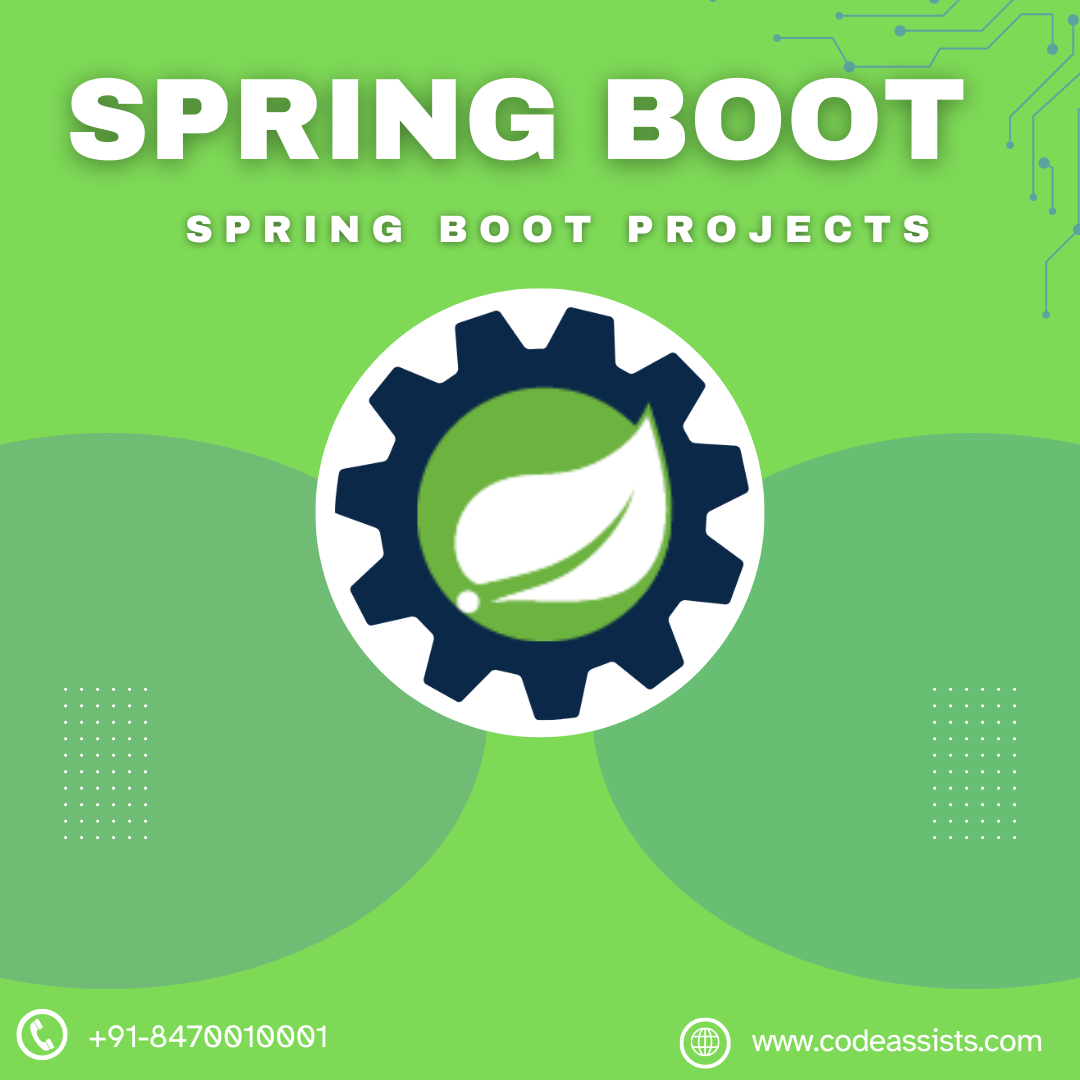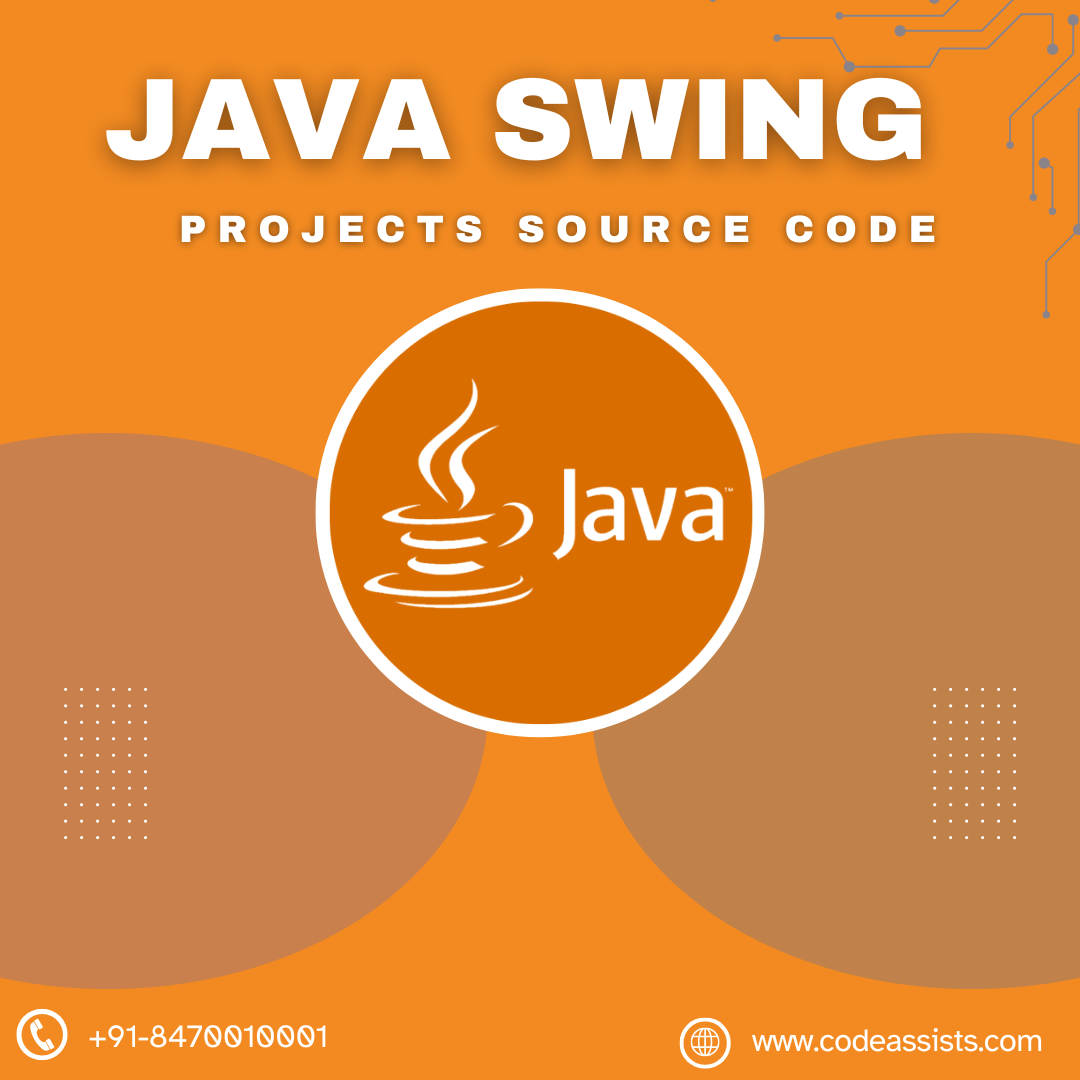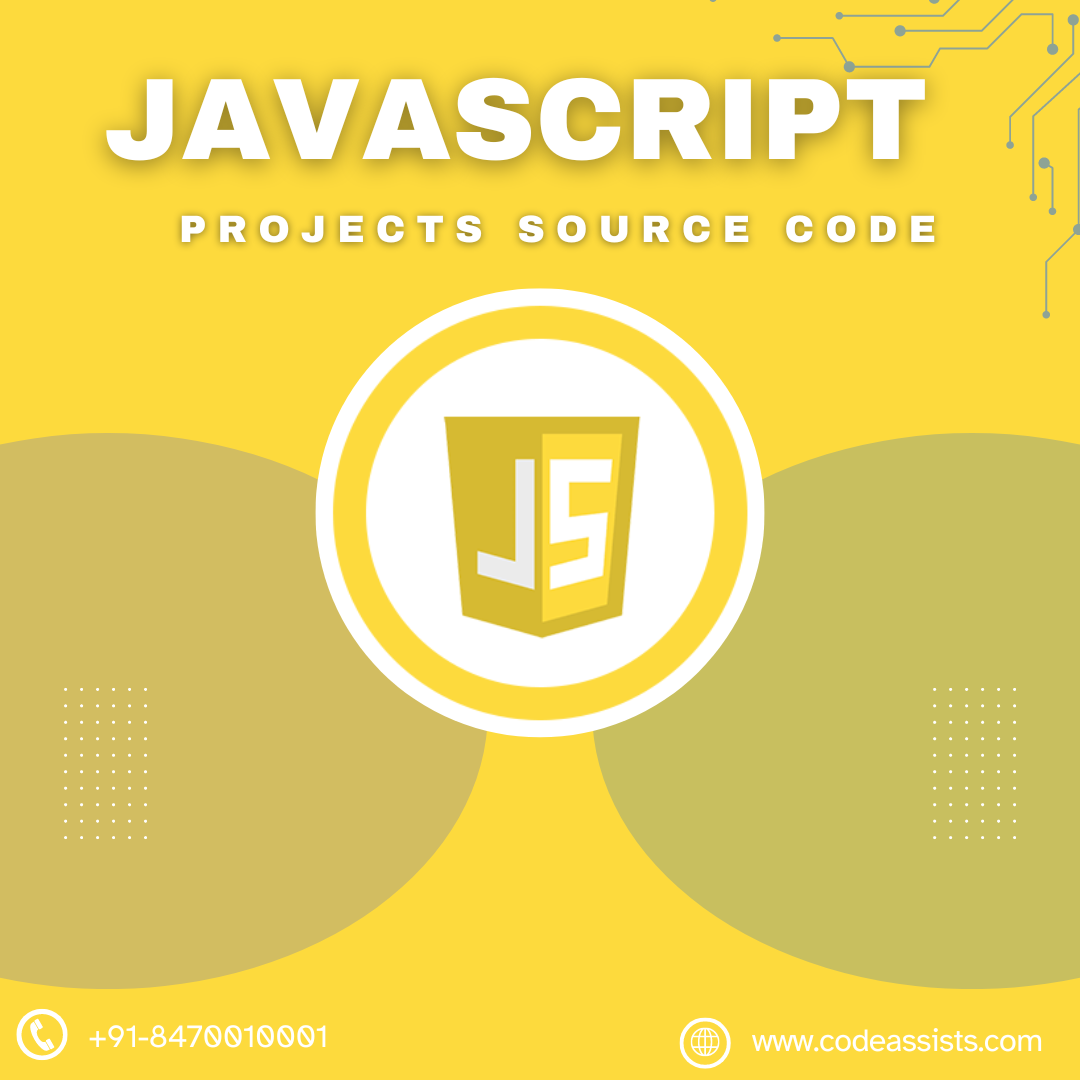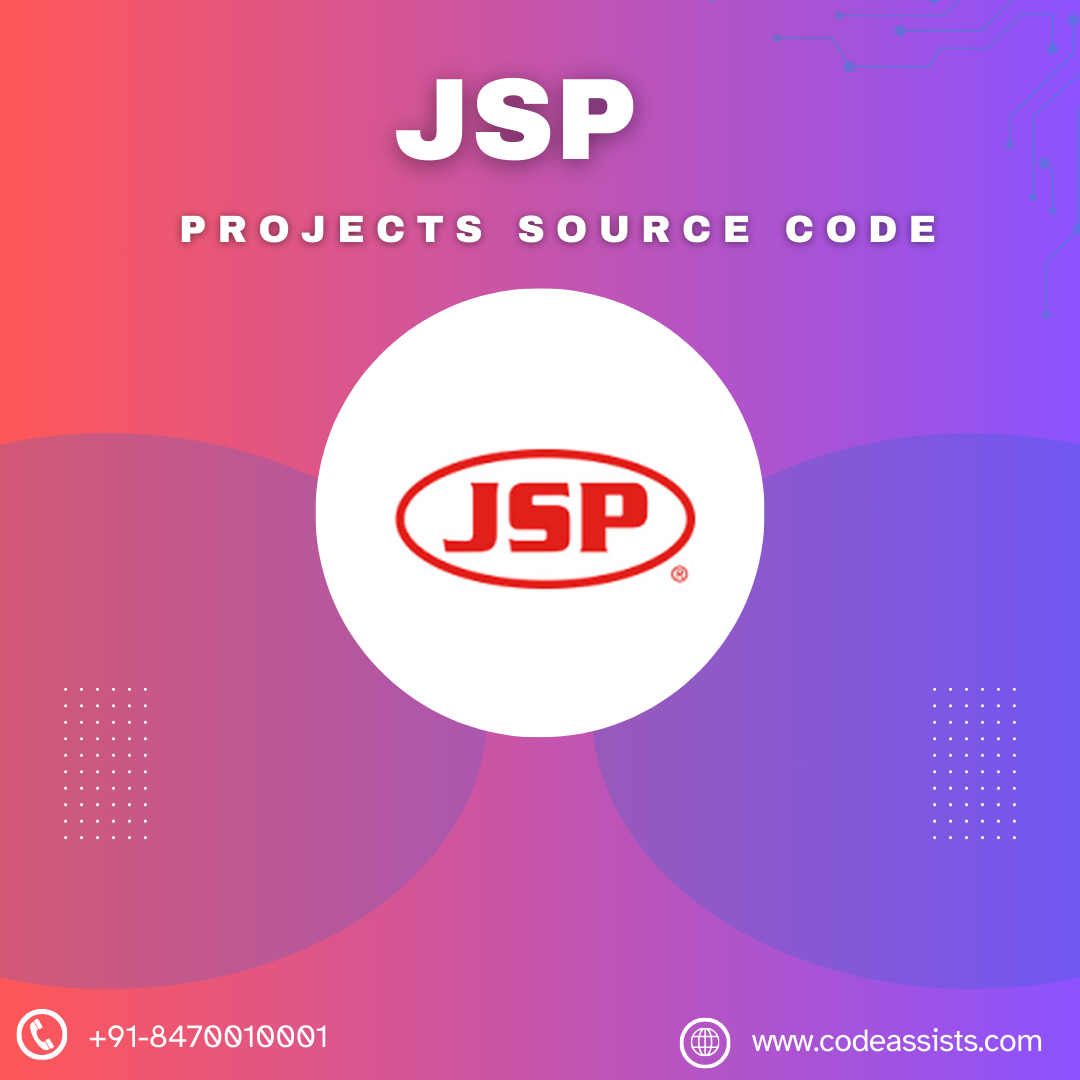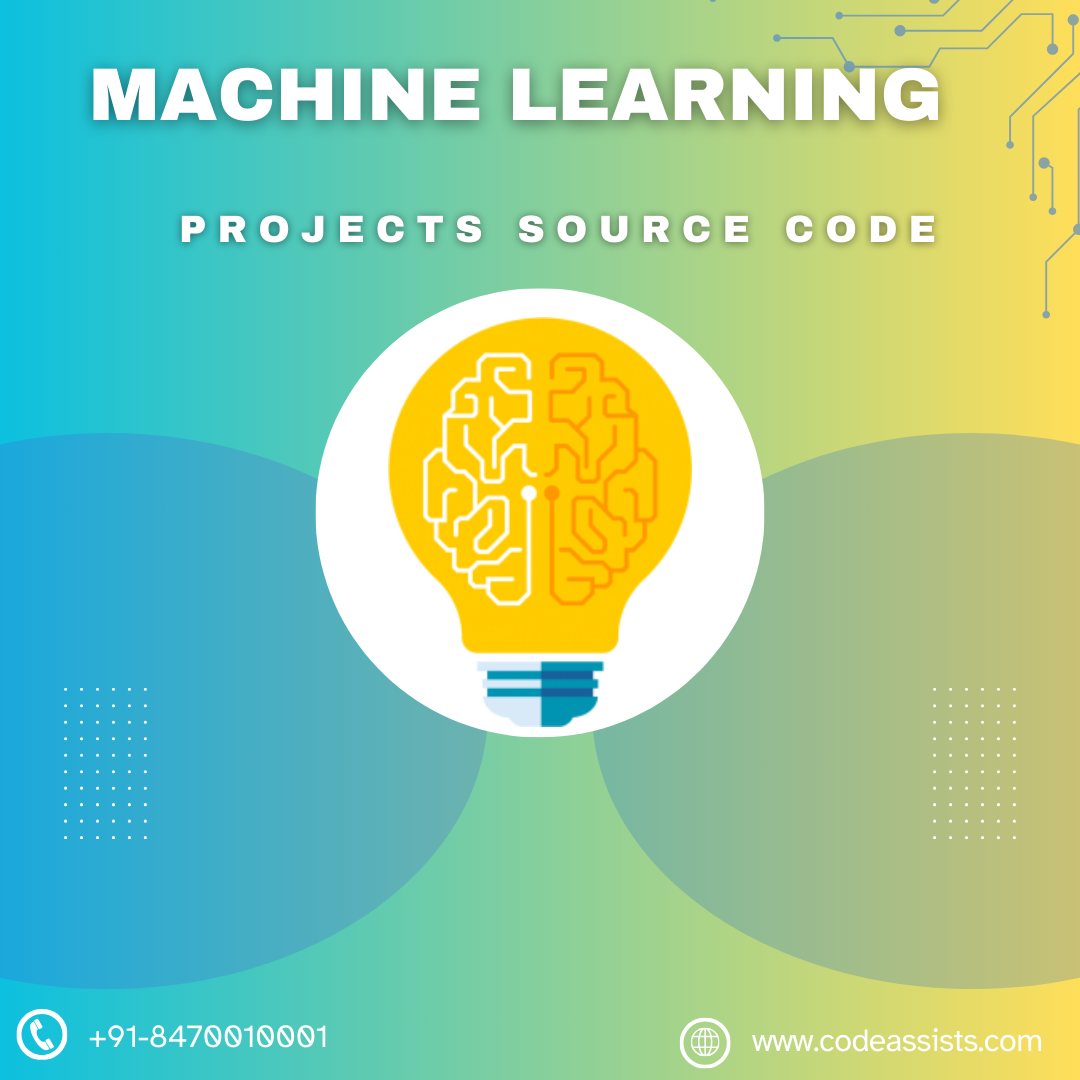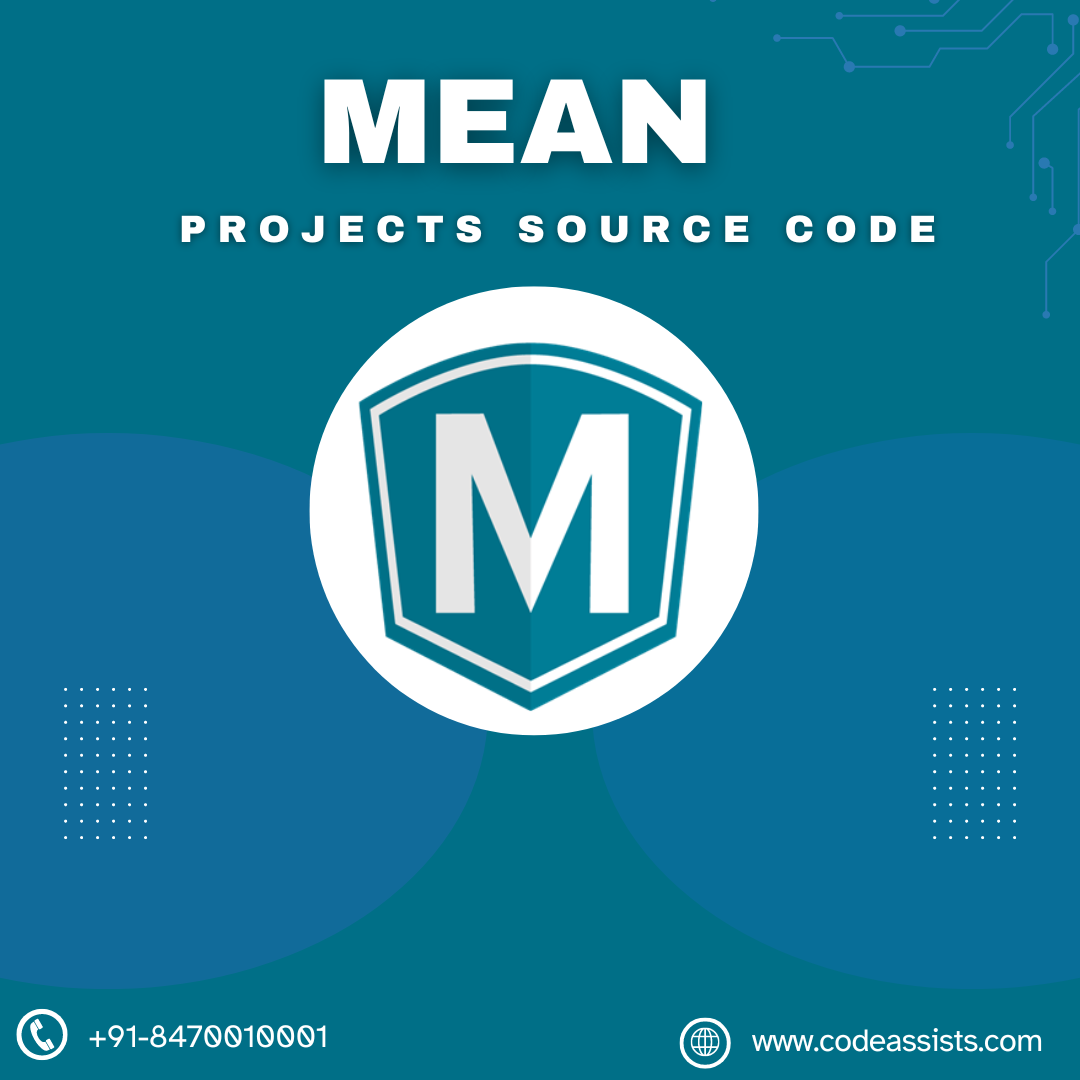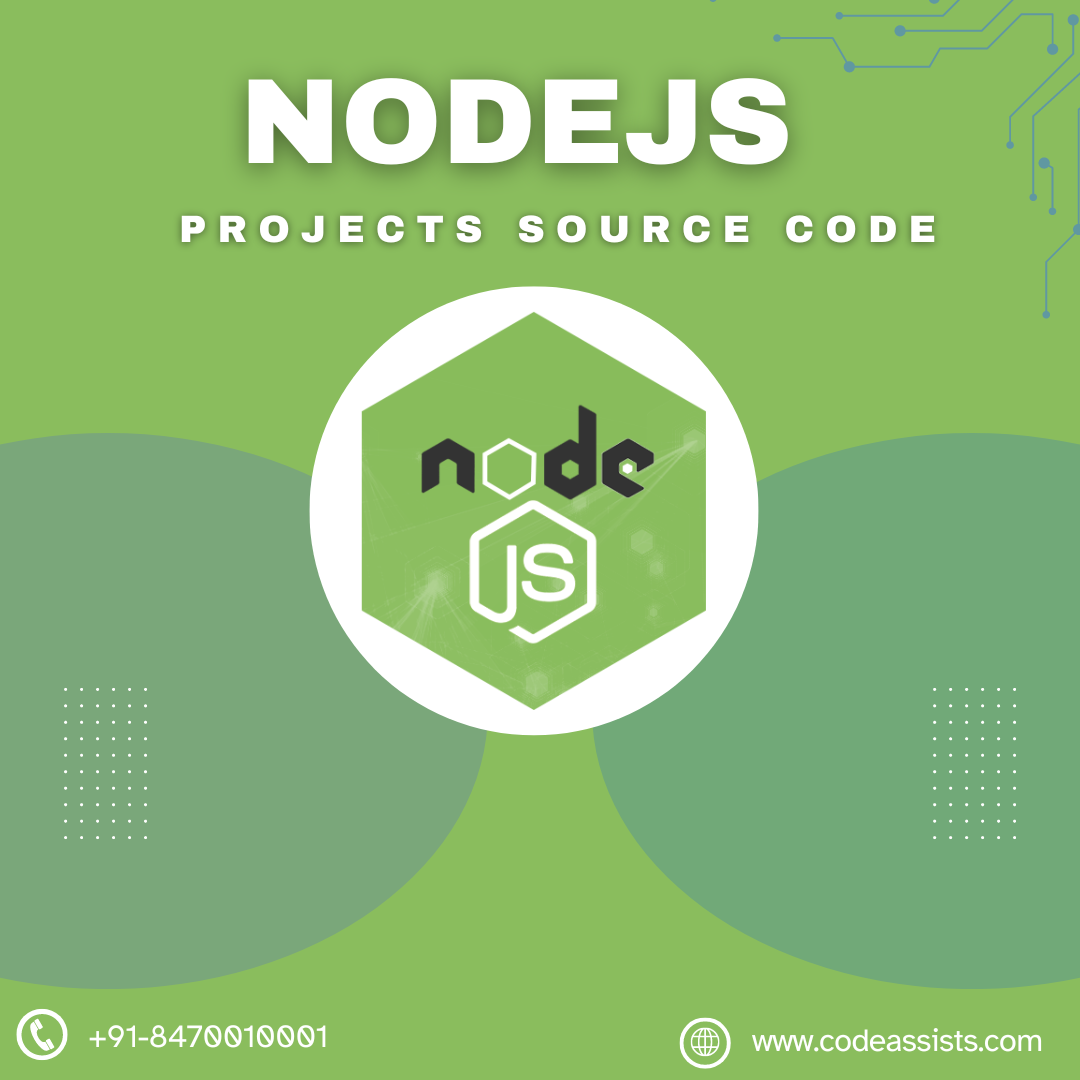Description
This project utilizes optical character recognition (OCR) to extract content from images, which is then processed through a speech conversion pipeline.
The main objective of this project is to develop a tool that can extract characters, including numbers, letters, and symbols, from images, even if they contain printed documents. Machine learning forms the basis of our Image To Speech Convert Machine Learning Project, allowing the software to identify and extract patterns from large amounts of data.
Facilitating natural communication between machines and humans using different modalities is a challenge in artificial intelligence. The conversion of information between similar patterns, such as speech and images, is a common preference.
The Image To Speech Convert Machine Learning Project aims to create algorithms for converting images to text, automatically translating original photos into text that captures the essence of the visuals. This involves extracting relevant data from images, generating related documents, converting the text from images coherently, and evaluating the results. Statistical machine learning techniques are applied, incorporating concepts from computer vision, graphics, image-to-text synthesis, automatic machine translation, and text summarization.
The anticipated impact of picture-to-text synthesis includes improving literacy levels in various populations, such as second language learners and children needing assistance with reading.
Similar to other machine learning projects, the Image To Speech Convert Machine Learning Project requires data from various sources to function effectively. Our developers have curated a list of publicly available image recognition datasets to support this project.
The project includes static pages such as a home page with an animated image slider, an about us page describing the project, and a contact us page. Technologies used in the project include HTML for page layout, CSS for design, JavaScript for validation and animations, Python for business logic, MySQL for the database, and Django for the framework.
The project can be configured on Windows, Linux, and Mac operating systems, requiring installations of Python, PIP, and Django for Windows. It is compatible with all versions of Linux and Mac operating systems.

